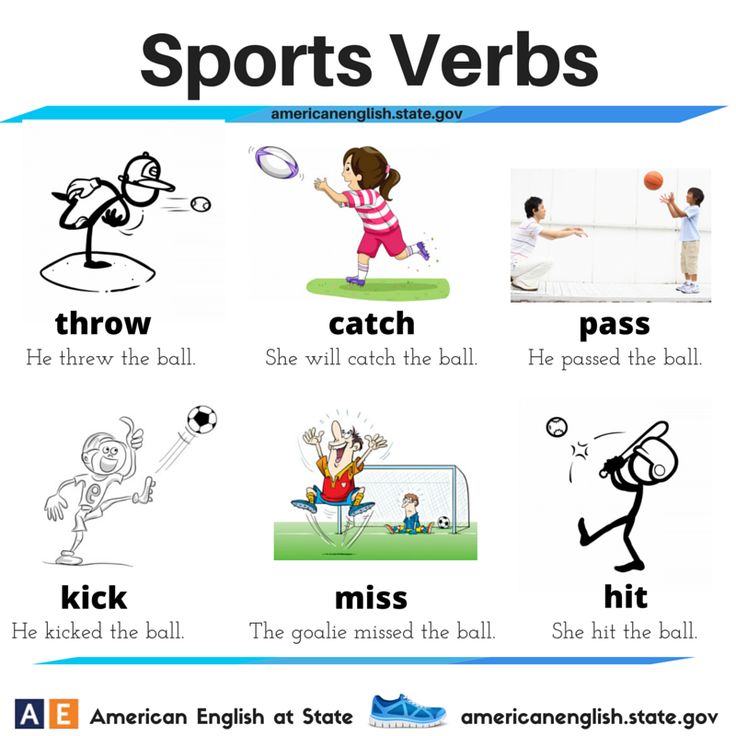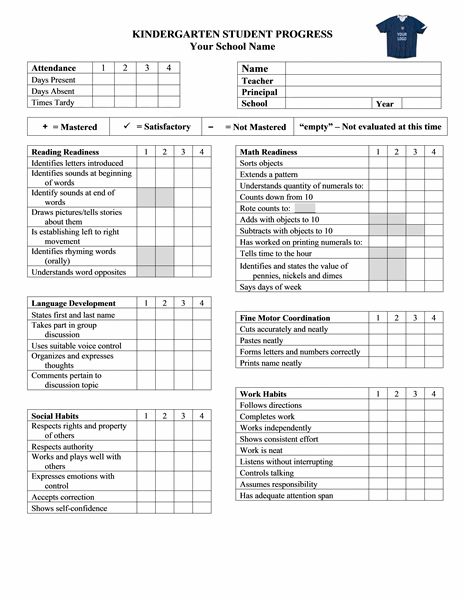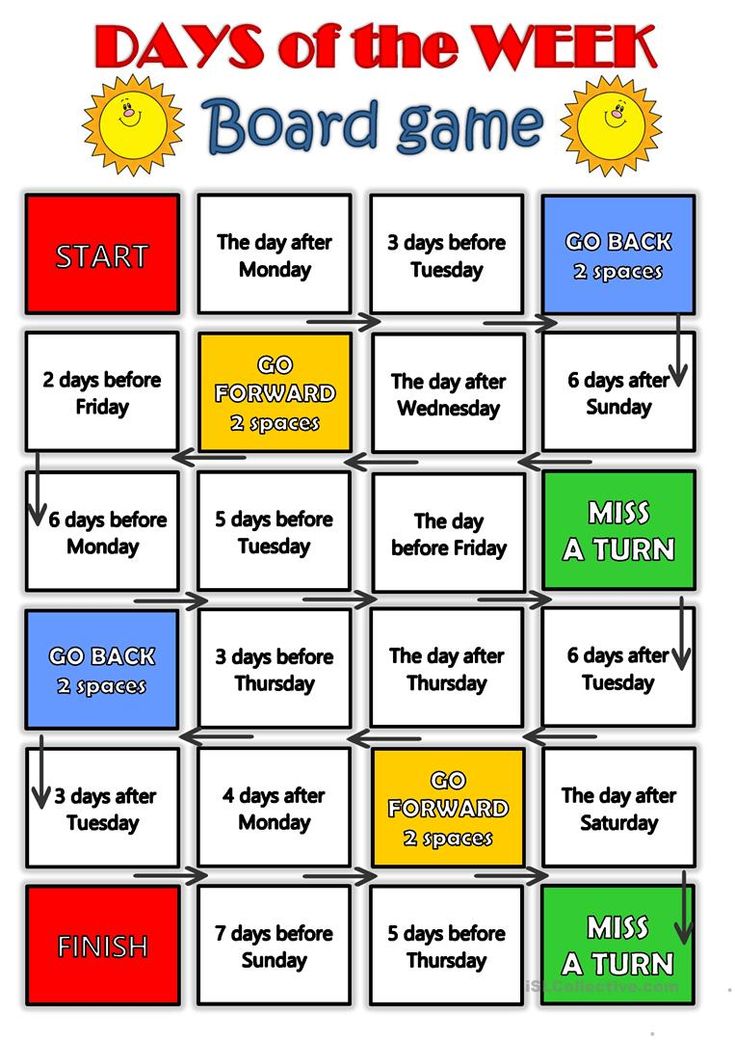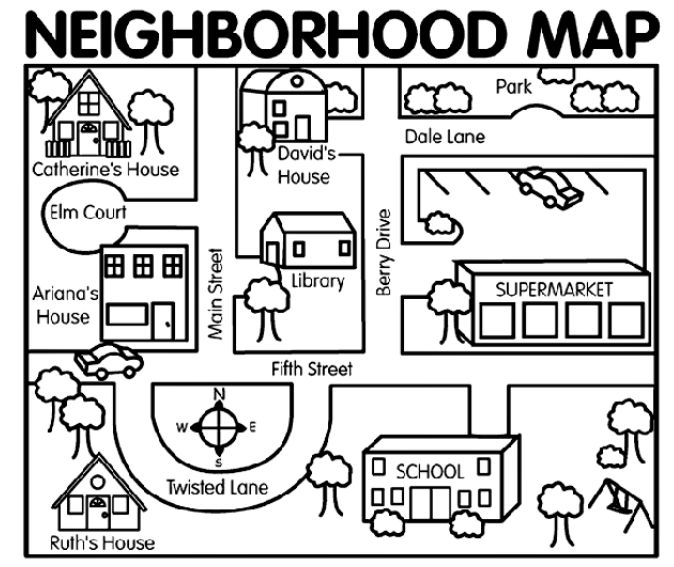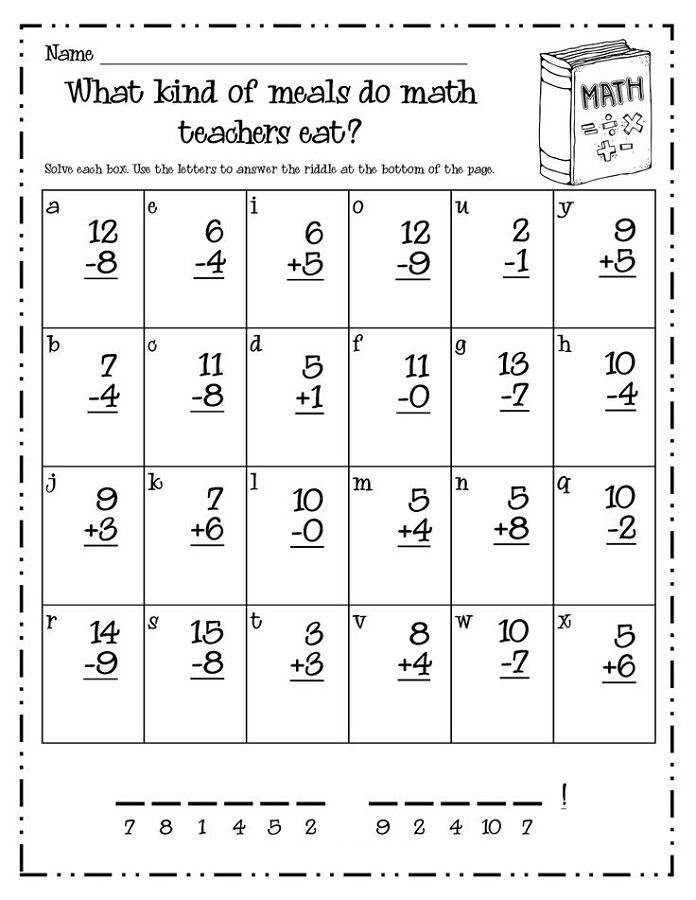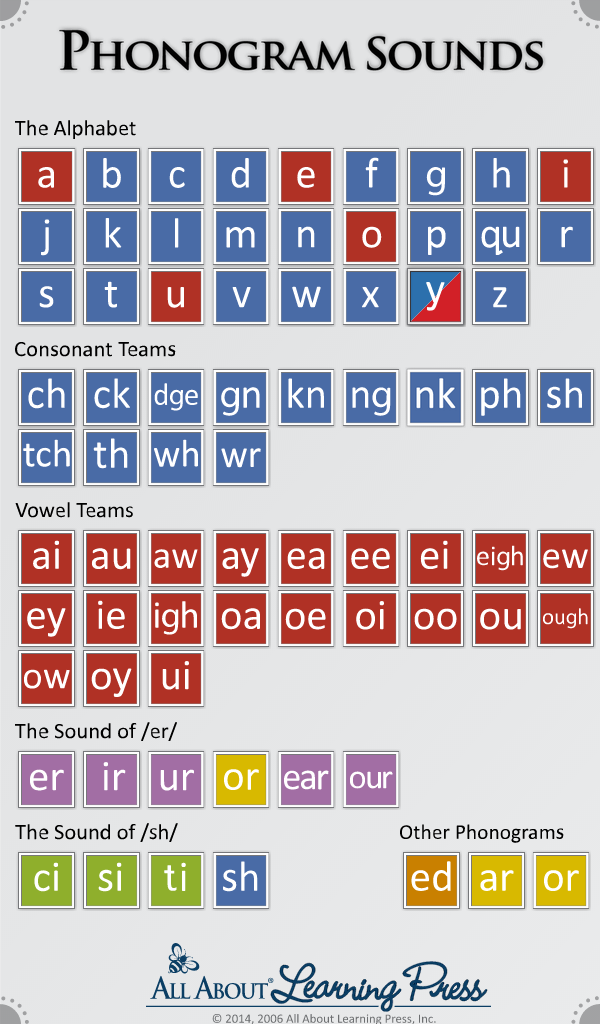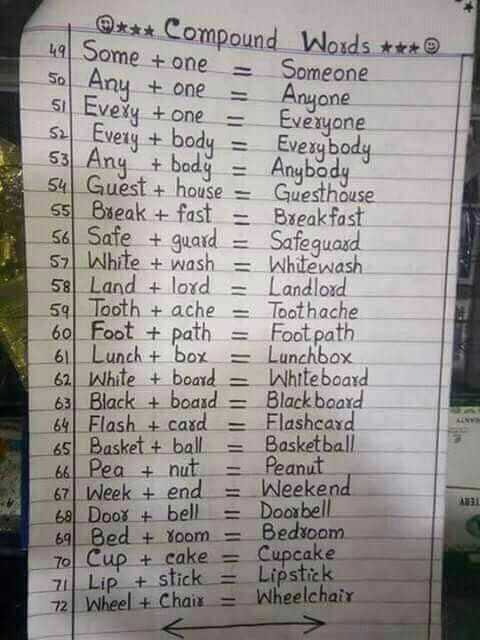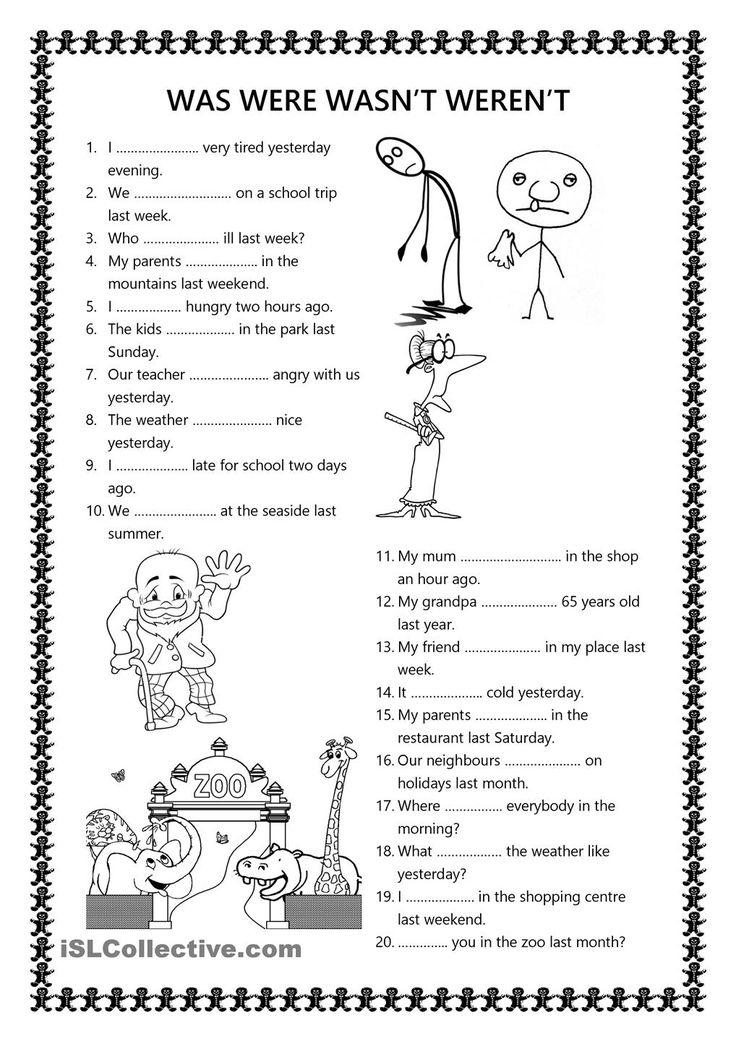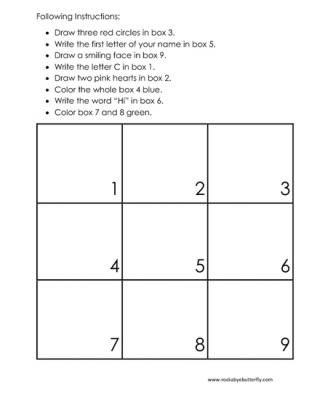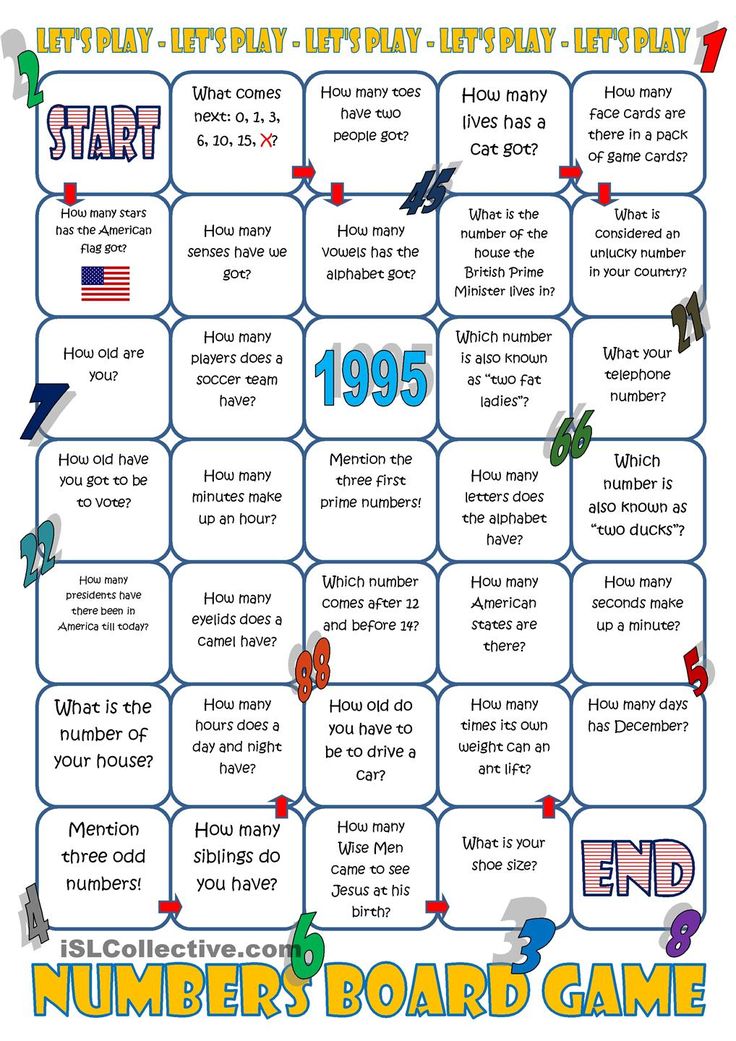Learning about verbs
Learning Verbs - E2 English Blog
What are verbs?
Verbs are doing words. They describe actions or states. Verbs tell us about what things do or what they are like. Some examples of verbs are: run, walk, work, eat, think.
Along with nouns, verbs are the building blocks of English. If we have a noun and a verb we can make a simple sentence, for example: Lisa runs.
Most verbs describe actions but some describe states. These are called state verbs or stative verbs. Some examples are: like, know, feel, belong, cost and be.
What are the most common verbs in English?
Very common verbs, verbs that we use a lot, are sometimes called hot verbs, because they never get a chance to cool down. Some hot verbs are: be, do, have, go, see, give, take, make, put, say and get. These verbs are used as main verbs in sentences as well as to form
phrasal verbs and to act as auxiliary verbs. Phrasal verbs, sometimes called multi-word verbs, are verbs made up of two or three words which often have many different meanings. We will look at phrasal verbs in another blog post.
What are auxiliary verbs?
Auxiliary verbs are simply verbs that help the main verb in a sentence. We can call them “helping verbs”. We use them to make questions and negative sentences as well as to form some tenses. If we want to make “Lisa runs.” negative, we can change it to “Lisa doesn’t run.” by using a form of the helping verb “do”. We also use a form of “do” to make a question such as “Does Lisa run?” The helping verb “have” and “be” are used to form some of the different tenses in English.
What are regular verbs?
Most verbs in English are regular. This means that they all follow the same pattern in the way that they change into the three main forms which are used to construct the various tenses. However, most of the most commonly used verbs, the hottest verbs are irregular. You have probably learned about irregular verbs before. They are the ones where we have to learn three forms and repeat them.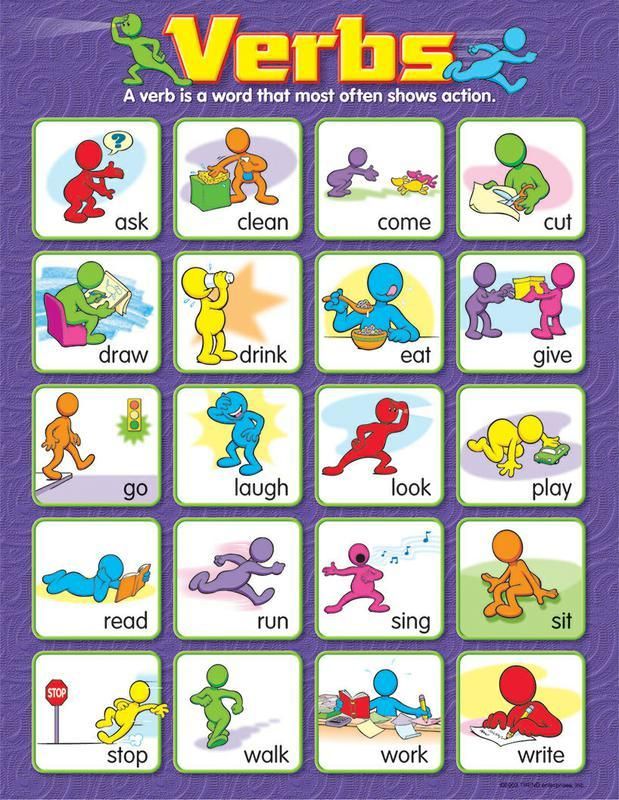 Some examples are eating, ate, eaten and give, gave, given. There is not really any other way to learn how they behave other than repeating the words like a parrot. Regular verbs simply add “ed” for the second and third forms of the verb (walk, walked, walked).
Some examples are eating, ate, eaten and give, gave, given. There is not really any other way to learn how they behave other than repeating the words like a parrot. Regular verbs simply add “ed” for the second and third forms of the verb (walk, walked, walked).
What are irregular verbs?
When you learn the three forms of an irregular verb, for example, take, took, taken– you are learning the infinitive form, the past simple form and the past participle. These names seem a bit difficult at the beginning but it is helpful to know what they are called because it will help you in learning the more advanced tenses and grammatical structures.
The most irregular verb in English is “be”. This is the case in many languages. “Be” is the only verb which has an infinitive form different from the first person singular form of the present simple tense. When we talk about a form of “be”, we mean “am”, “are” and “is” and in the past tense, “was” and “were”.
Verb tenses
When we use verbs in English, we change the form of the verb depending on the tense.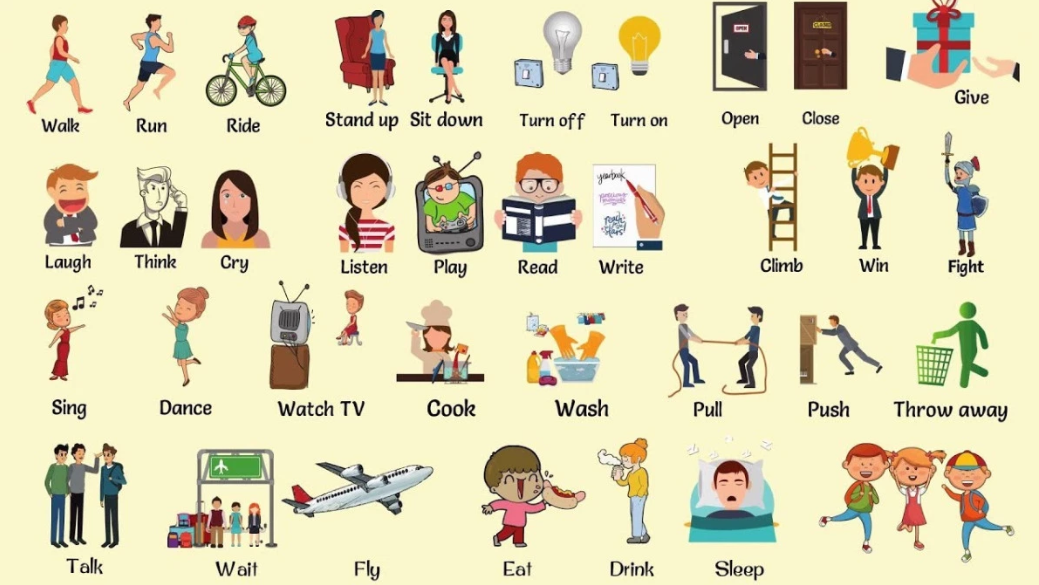 The tense is a combination of time (past, present, future) and aspect (simple, continuous, perfect). There are twelve basic tenses in English as listed below with the regular verb “to walk”:
The tense is a combination of time (past, present, future) and aspect (simple, continuous, perfect). There are twelve basic tenses in English as listed below with the regular verb “to walk”:
- Present simple: I walk.
- Present continuous: I am walking.
- Present perfect: I have walked.
- Present perfect continuous: I have been walking
- Past simple: I walked.
- Past continuous: I was walking.
- Past perfect: I had walked.
- Past perfect continuous: I had been walking
- Future simple: I will walk.
- Future continuous: I will be walking.
- Future perfect: I will have walked.
- Future perfect continuous : I will have been walking
You can see how the auxiliary verbs “be”, “have” and “will” are used to help form continuous, perfect and future tenses.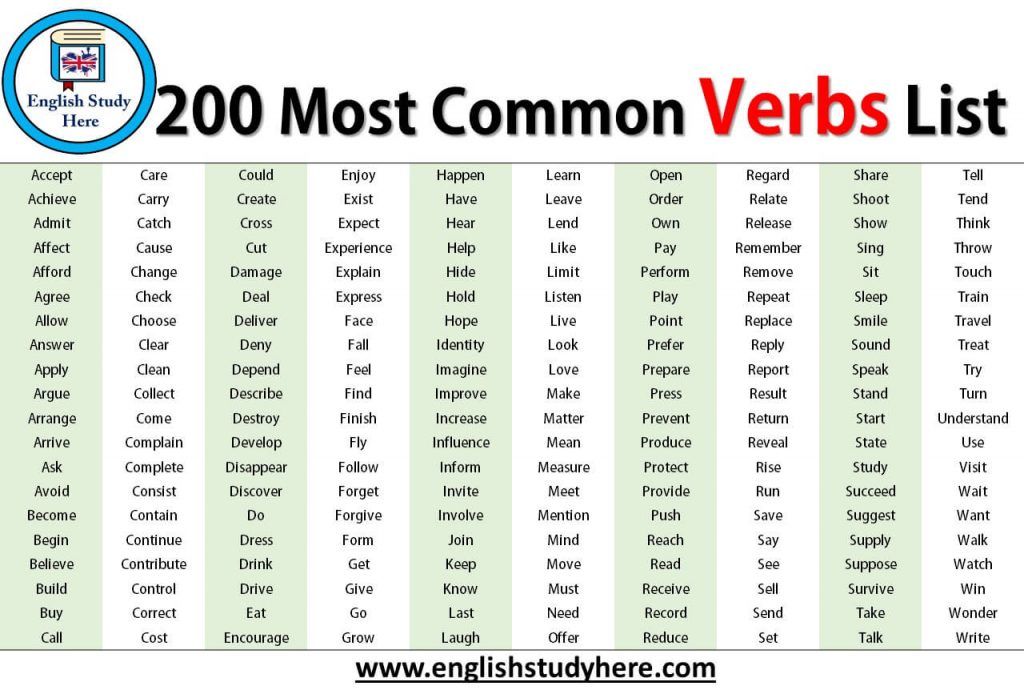 It might look very complicated. However, the way the different tenses are formed is actually quite logical and regular and it will become clear as you study each one how and when we use them.
It might look very complicated. However, the way the different tenses are formed is actually quite logical and regular and it will become clear as you study each one how and when we use them.
Learning English verbs is easier than you thought!
Believe it or not, English verbs are actually much simpler than many other languages because we don’t change the ending of the verb in every case, according to the number and person of the subject, as many languages do. This is one of the reasons that English has become an international language. Please remember that English lessons tend to focus on the more difficult aspects of the language. Most elements of English are straightforward and easy to pick up so don’t need to be taught.
How to Learn Verbs
What is the best way to learn verbs?Good question. Verbs and nouns are the most important words in English, the building blocks that contain most of the meaning. It is quite easy to learn most nouns by putting labels on objects or looking at picture dictionaries.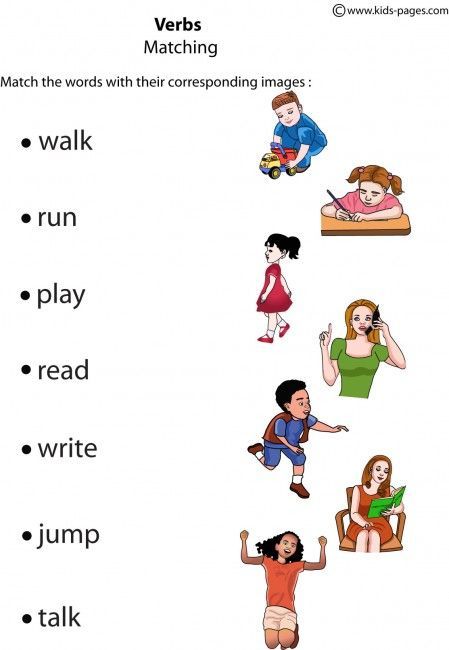 You can point to something, or a picture of something and repeat the name of the thing and keep testing yourself until you know it. Verbs are not so easy, They are actions. You can’t see them. You can’t pin them down and put a label on them like a noun. They move and change and are tricky to define.
You can point to something, or a picture of something and repeat the name of the thing and keep testing yourself until you know it. Verbs are not so easy, They are actions. You can’t see them. You can’t pin them down and put a label on them like a noun. They move and change and are tricky to define.
A word family is a group of words that share a common root so deal with the same specific area of meaning but function as a different type of word or “part of speech”, for example, nouns, verbs, adjectives and adverbs.
When learning verbs it can be helpful to learn them as part of a word family. Everyone learns and remembers new information differently so do what works best for you. Some people like to keep a vocabulary notebook with words grouped in lists while others use drawings or “mind maps” to help them make connections in their thinking. There is no right or wrong way.
Let’s look at an example of a word family.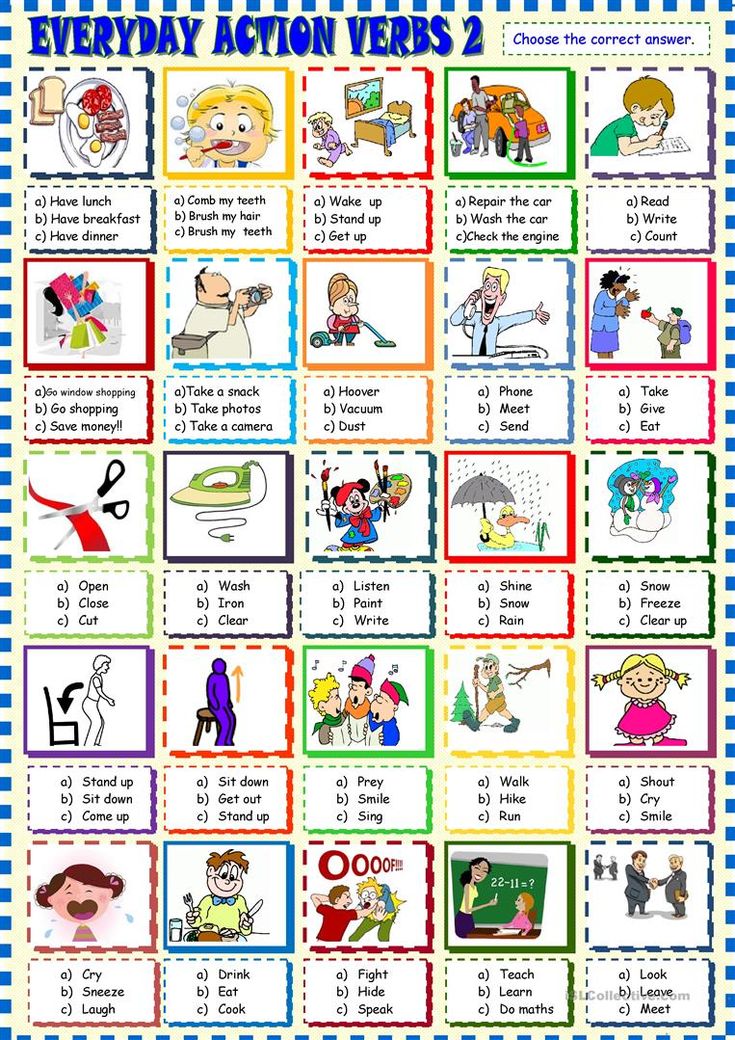 Students study. “Student” is a noun. “Study” is a verb, It can also be a noun, meaning a room in someone’s house to study in. The adjective “studious” and the adverb “studiously” belong to the same word family. Learning new vocabulary in a word family is efficient and effective. It gives you several pathways to remember the words.
Students study. “Student” is a noun. “Study” is a verb, It can also be a noun, meaning a room in someone’s house to study in. The adjective “studious” and the adverb “studiously” belong to the same word family. Learning new vocabulary in a word family is efficient and effective. It gives you several pathways to remember the words.
Most verbs are regular and we don’t need to learn the pattern of endings that they use in past tenses because we simply add “-ed” to the base verb. Irregular verbs need to be memorized. There are not a lot of irregular verbs but they are very common verbs that we use every day. By definition, irregular verbs don’t follow a consistent pattern like regular verbs so we have to learn the patterns in order to use them correctly. Most English language-learners do this with the help of a simple list or chart which gives the three forms of the verb, for example, “eat, ate, eaten” or “take, took, taken”.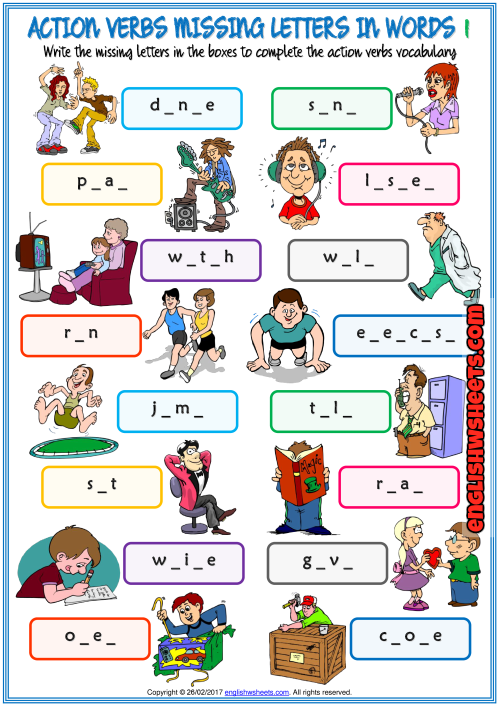 Sometimes there is repetition within the three forms, for example, “come, came, come” or “bring, brought, brought”.
Sometimes there is repetition within the three forms, for example, “come, came, come” or “bring, brought, brought”.
When you first learn English, you need to learn these three forms of a verb by reciting them with a rhythm and by testing yourself until you know them all “off by heart”. We call this “rote learning” or learning “parrot-fashion”. It might feel childish, like learning your multiplication tables but it really is the only way to get these irregular verb forms locked in your head until they are a natural feature of your English.
The three forms of an irregular verb that you learn by reciting these groups of three words are called the infinitive, the past simple and the past participle. You really need to know all three of them for all irregular verbs to be able to communicate effectively, as they are the verbs that we use most often. Soon they become second nature. Learning irregular verbs is the first step. Once you know them, you can form all of the tenses for any verb in English.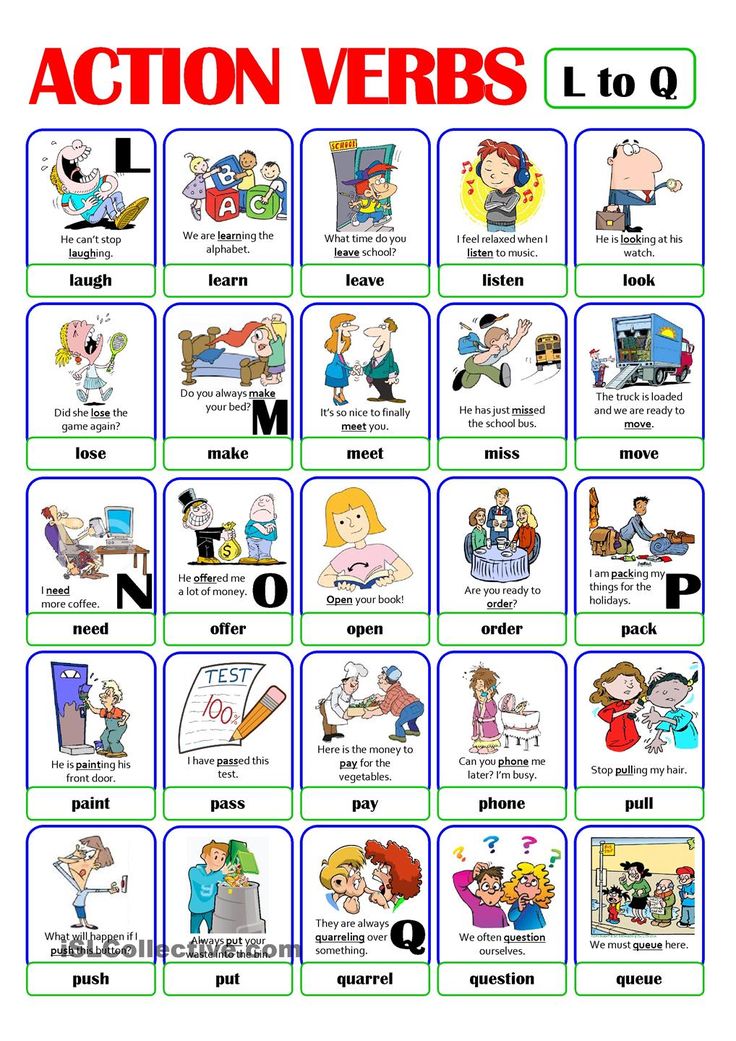
Begin with the past simple. Most of the time we talk about the past so we use past tenses or narrative (story-telling) tenses. These include past simple, past continuous, past perfect (less common) and present perfect.
A native-speaker doesn’t need to learn the jargon because they simply copy what they hear their parents and older children and adults say. They master grammar by imitation and trial and error. Adult learners, however, usually find it helpful to understand at least basic grammar so that they can work out what errors they are making and how they can improve.
Put very simply,
- We add “-ed” to the base form of regular verbs to form the past simple tense.
- We also add “-ed” to the base form of regular verbs to form the past participle.
- We add “-ing” to the base form of regular verbs to form the present participle.
Past participles (walked, ate) are used with has, have and had to make “perfect” tenses.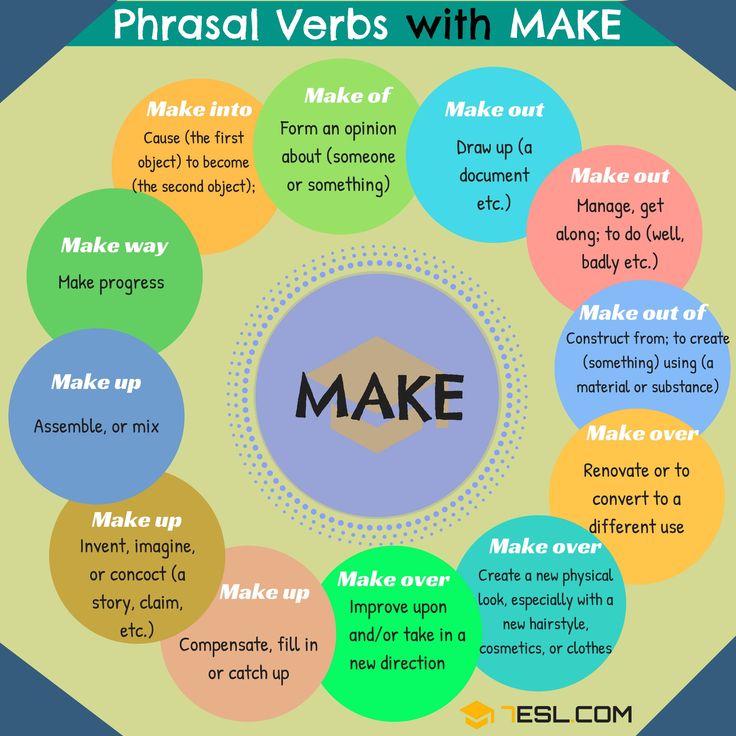
Present participles (walking) are used with forms of be to make “continuous” tenses.
Some examples:
- Past simple: I walked (to the shop)
- Past continuous: I was walking (when my phone rang)
- Past perfect: I had walked (for an hour before I realised I was lost)
- Present simple: I walk (every day)
- Present continuous: I am walking (right now)
Present perfect: I have walked (for an hour now)
There is a lot to learn but these simple example sentences will get you started.
Peter Ward
Teaching & Learning Verbs | Identifying Verbs & Verb Types
Verbs are doing words and some of the most important words in the English language. Every sentence includes at least one of them and they convey a physical action, a mental action or a state of being.
Understanding them is key to creating a solid foundation on which to build a love of language, and helps children to construct interesting, exciting, action-filled sentences of their own.
In this blog, we look at verbs in more detail, at their different tenses, the types of verbs and how they always agree with the subject of the sentence. Throughout, we’ll be referencing Activities and Learn Screens from EducationCity that can help your students first grasp the concepts, and then put them into practice. (You’ll see the Content ID numbers beneath each screenshot. All you need to do is pop these numbers into the Search bar once you’ve logged into EducationCity.)
Identifying Verbs
Verbs, as explained above, are action words and explain what the subject of the sentence is doing. Here are some examples:
Stig was running away.
Sten and Klara eat jam doughnuts every morning.
Manu seized his bag and left immediately.
‘Was running’, ‘eat’, ‘seized’ and ‘left’ are the action parts of the sentences – telling you, the reader, what the children are doing – so they are the verbs.
This Activity on EducationCity is great for helping children identify which part of the sentence is the verb.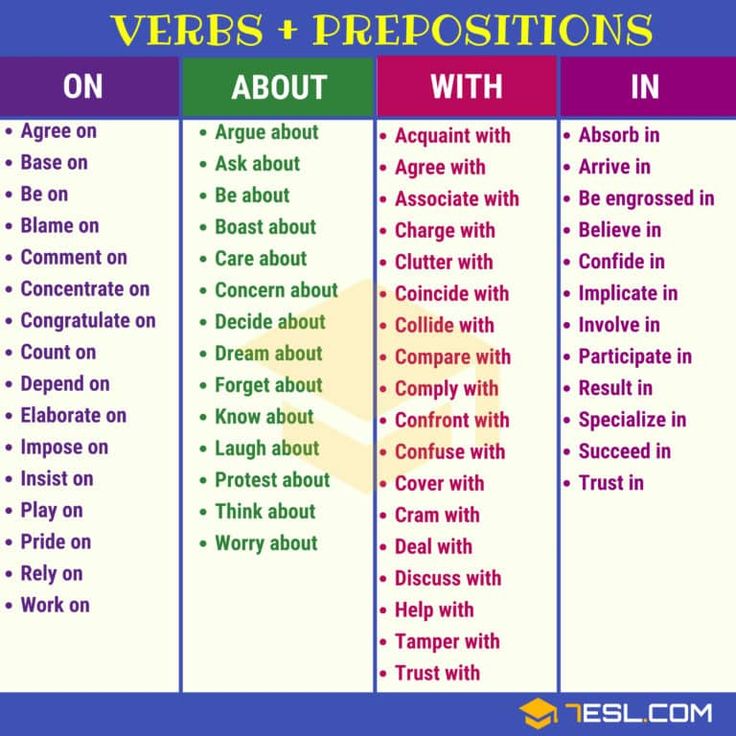
Verb Tenses
Verbs change depending on the tense of the sentence, for example, if the action is happening now, happened in the past or is yet to happen (future).
When verbs alter, sometimes they follow a regular pattern; some verbs, however, are irregular and need to be memorised. Below is an example of two verbs and how they form some of their tenses:
Sample verbs in different tensesEducationCity has lots of Learn Screens and Activities focused on tenses. A selection are provided below:
- InTense Sports Activity #1804
- Amazing Verbs Activity #25692
- Written in the Sand Activity #33493
- Grammar Adventure 2 Learn Screen #34990
As well as having a tense, sentences can be written in either the active or passive voice.
In active sentences, which are the most common, the person doing the action is the subject of the sentence and the other noun is usually the object.
An example of the subject, verb and object in a sentenceIn passive sentences, the person receiving the action is the subject of the sentence. The person doing the action (agent) is usually at the end of the sentence following ‘by’. The passive form is generally used if you do not know who is doing the action or if you don’t want to mention them. It is often featured in formal language.
The person doing the action (agent) is usually at the end of the sentence following ‘by’. The passive form is generally used if you do not know who is doing the action or if you don’t want to mention them. It is often featured in formal language.
EducationCity’s Grammar Adventure 1 Learn Screen explores the active and passive voice, and asks students to change one to another.
Grammar Adventure 1 Learn Screen #34989Verb Types
In addition to giving information by their tense, there are some special verbs that express ideas like ability, possibility, permission or obligation.
These are known as modal verbs, and include various forms of ‘can’, ‘could’, ‘may’, ‘might’, ‘ought to’, ‘shall’, ‘should’, ‘will’ and ‘would’.
An example would be:
Sten might do his homework later.
The might indicates that it is possible that Sten completes his homework later on.
Modal verbs are explored within our Grammar Adventure 4a Learn Screen below:
Grammar Adventure 4a Learn Screen #34993It is also important that children understand that ‘to be’ is a verb, although it is not technically ‘doing’ anything.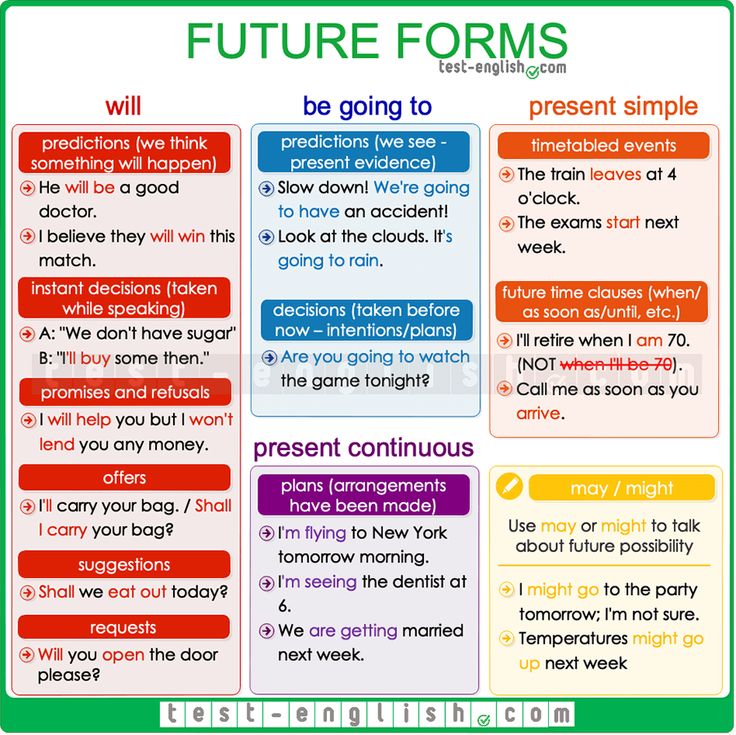 ‘Am’, ‘is’ and ‘be’ all relate to states of being and are very important in language.
‘Am’, ‘is’ and ‘be’ all relate to states of being and are very important in language.
Subject and Verb Agreement
Whenever using verbs, children need to understand that the correct form of the verb should be used, which agrees with the subject. If the subject is singular, the verb should be too; if the subject is plural, the verb that follows should be in plural form too.
An example is given below:
The school was friendly. (‘School’ is singular, ‘was’ is the past tense in singular form.)
The children ride their bikes. (The ‘children’ is plural, ‘ride’ is the present tense in plural form.)
Children very often take this on board naturally as their language develops, but some students may need support with correct usage.
There are several activities on EducationCity that allow students to practise these, including the Adventure Holiday and Stig on Tour Activities below:
- Adventure Holiday Activity #33006
- Stig on Tour Activity #32308
Powerful Verbs
The final point of this blog has to be on powerful verbs.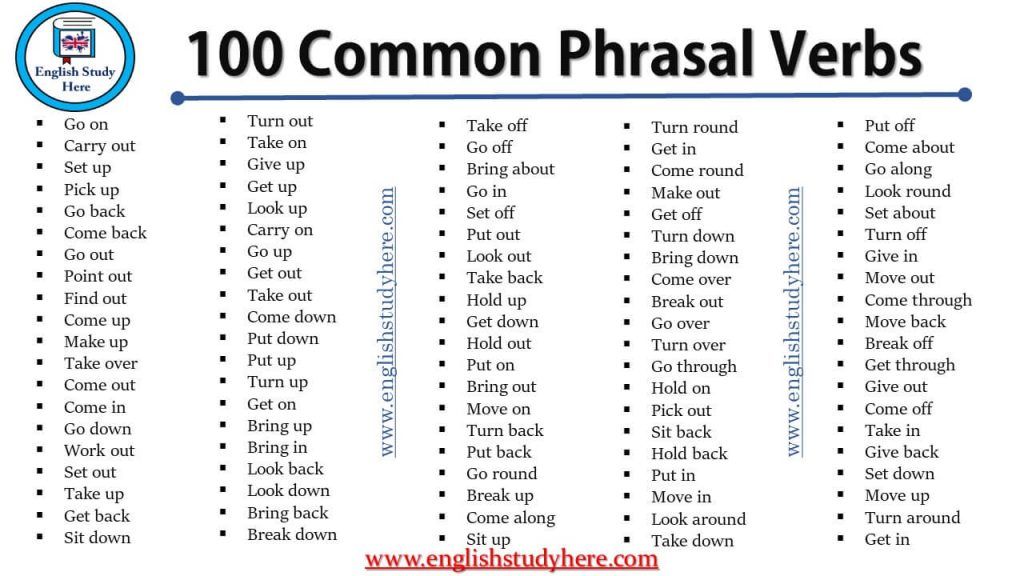 At the very beginning, we mentioned that verbs help us to write interesting, exciting, action-filled narrative, but to do this, we need to ensure we are selecting the verbs we use carefully. ‘Went’, ‘said’ and ‘walks’ are all very over-used in the primary school classroom, when so much more can be expressed by ‘staggered’, ‘yelled’ or ‘tottered’. Encouraging your students to review and revise their work to include more descriptive synonyms makes for much more engaging stories.
At the very beginning, we mentioned that verbs help us to write interesting, exciting, action-filled narrative, but to do this, we need to ensure we are selecting the verbs we use carefully. ‘Went’, ‘said’ and ‘walks’ are all very over-used in the primary school classroom, when so much more can be expressed by ‘staggered’, ‘yelled’ or ‘tottered’. Encouraging your students to review and revise their work to include more descriptive synonyms makes for much more engaging stories.
This process of replacing boring verbs with less ordinary ones can be introduced with EducationCity’s Mystery Mansion Activity. This looks at ordinary words and seeks to find synonyms. It’s also a good idea to read students’ stories aloud to the class once in a while, so that they can hear for themselves how captivating stories based on interesting, dynamic verbs are, compared to flat ones based on ordinary, everyday verbs.
Mystery Mansion Activity #25710We hope you check out some of EducationCity’s resources based around verbs.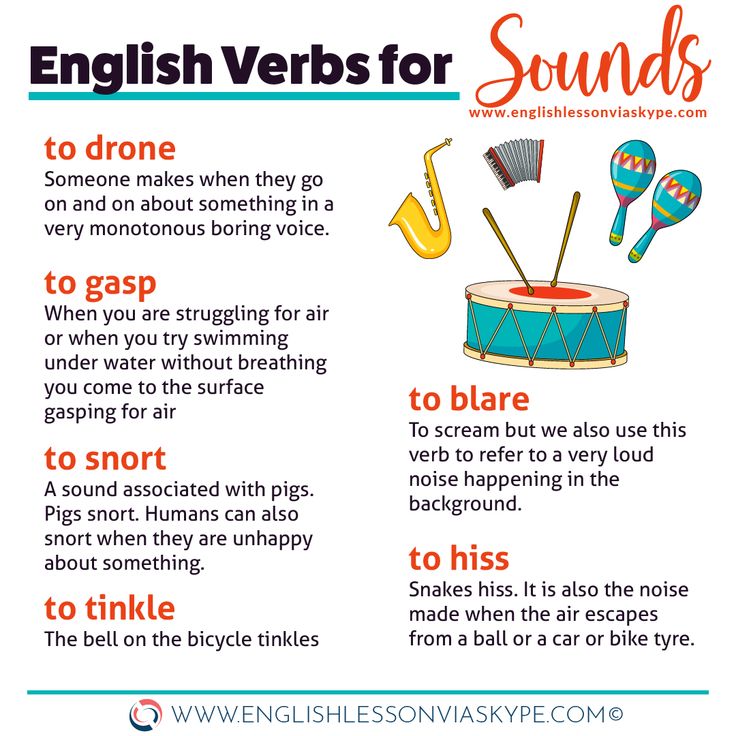 To access them, all you need is either their name or Content ID number. If you don’t already have a subscription with EducationCity, you can access our resources by simply taking a free trial.
To access them, all you need is either their name or Content ID number. If you don’t already have a subscription with EducationCity, you can access our resources by simply taking a free trial.
🎓 Verb in Russian
- Main
- Verb
A verb is a part of speech that denotes an action. Answers the questions WHAT TO DO? WHAT TO DO etc. The verb changes by number, person, gender, tense. It can define conjugation. The initial form of the verb - the infinitive - answers the questions WHAT TO DO? WHAT TO DO?
Important! In order to put the verb in the correct initial form, you must first determine the form. If the species is defined incorrectly, then the infinitive will be chosen incorrectly. For example, Kolya recited a verse. We argue like this, what did Kolya do? said - a perfect view, then in the initial form the question is what to do? tell.
Verb aspect category
In Russian, perfect and imperfect forms of the verb are distinguished.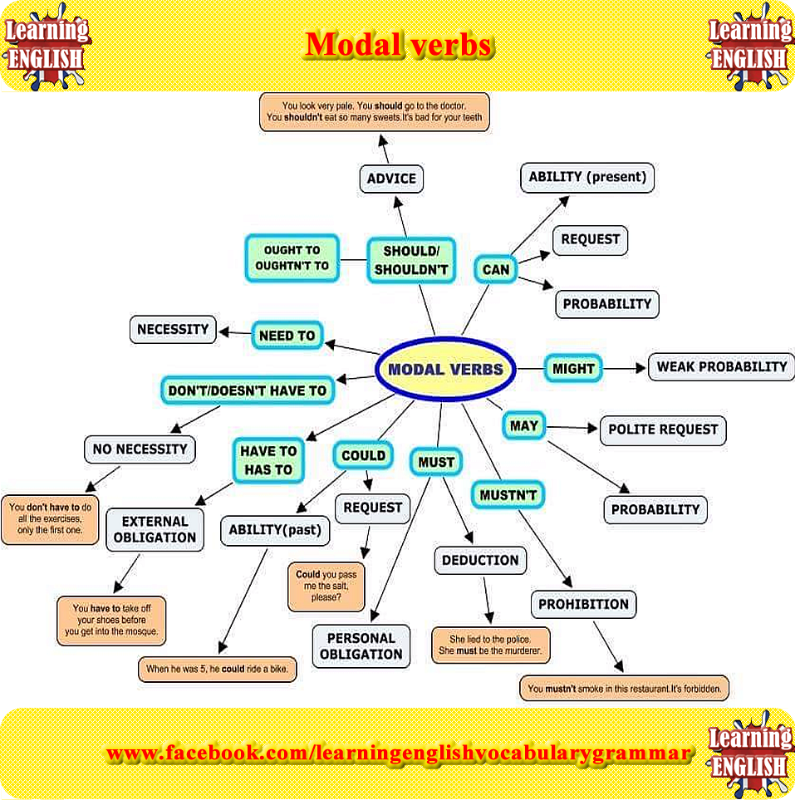
| Species category | Features | Examples |
|---|---|---|
| Perfect | Answers the question "what to do?". | Insert, open, add |
| Imperfect | Answers the question "what to do?" | Return, hear, write |
Category of reflexivity of the verb
Reflexive verbs have the postfix sya, sya.
Examples: Wash - non-returnable. Wash - returnable.
Transitivity of verbs
Transitive verbs are verbs from which you can ask a question in the accusative or genitive case (necessarily without a preposition).
- I love my mother (Accusative)
- Drink milk (Genitive)
- Drink milk (Accusative)
Mood category of verbs
There are 3 moods - conditional, imperative, indicative.
| Inclination category | Features | Examples |
|---|---|---|
| Conditional | Verbs with particle "would" | I would have seen, I would have come, I would have sat down |
| Imperative | Expresses an order, incites to action | Look, let's play, let 9 come in0030 |
| Indicative | All other present, future, past tense verbs | Going, going, will be |
Verb conjugation
Conjugation is a change of present and future tense verbs by persons and numbers.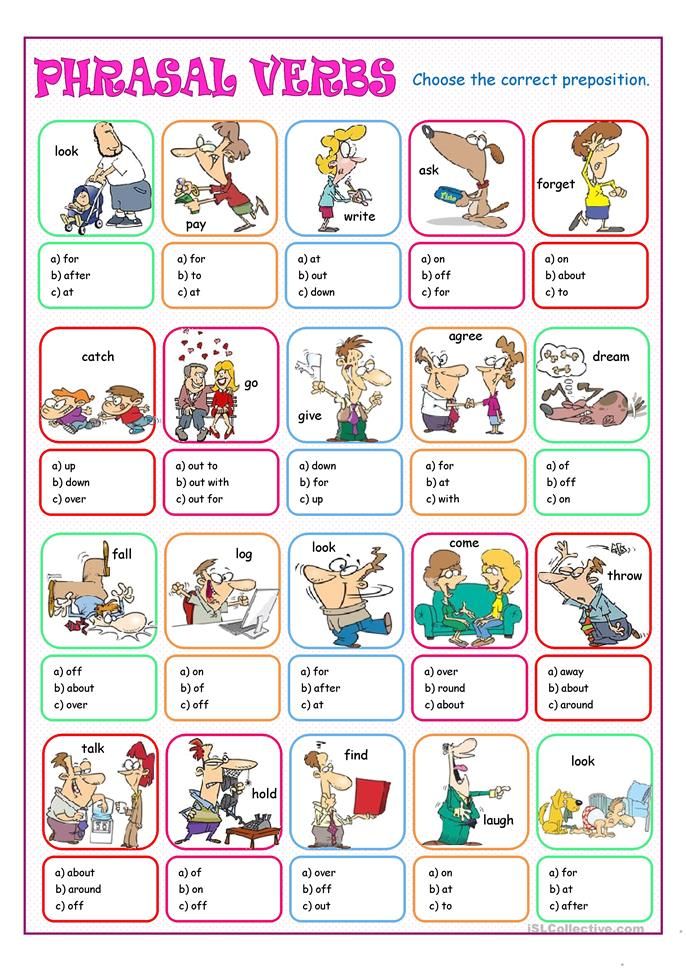
Let's start with the second conjugation for easier memorization.
Second conjugation
First conjugation
- Verbs of the first conjugation include all other verbs.
- Examples: Stab, hurt, laugh, get out.
Verbs of the 1st and 2nd conjugations have different vowels in the endings:
- In the endings of the verbs of the 1st conjugation, put the vowels - e, y, y.
- There are 2 conjugations in the endings of verbs, we write vowels - and, a, i
For example, are you writing or are you writing? We put the verb in the infinitive - to write, ends in -at- therefore it is I ref, you need to insert the letter E. You write correctly.
Pass the Parts of Speech Test - Pass Test
And another test for knowledge of parts of speech - Pass the test
Learning verbs using advanced technologies
Subject: Learning verbs using advanced technologies.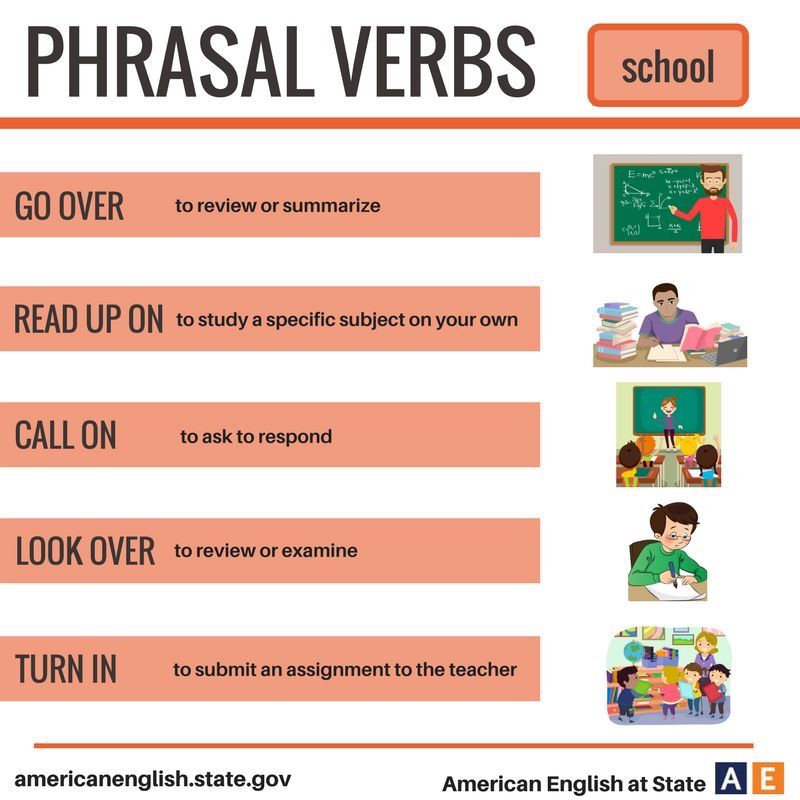
abstract
The work on the topic “Learning verbs using advanced technologies” was written in accordance with the requirements of the State Educational Standard of the OSO. The introduction presents the relevance and purpose of the qualification work. Part 2. 1. is devoted to the verb as a part of speech in linguistic literature. In part 2. 1. we are talking about the psychological and pedagogical features of teaching grammar to school-age children. In conclusion, recommendations are given for the study of verbs in the Uzbek school.
This work consists of introduction, main part, conclusion, bibliography and appendix.
CONTENTS
1. Introduction.
2. Main body.
2. 1. The verb as a part of speech in linguistic literature.
2. 2. Psychological and pedagogical features of teaching grammar to children of school age.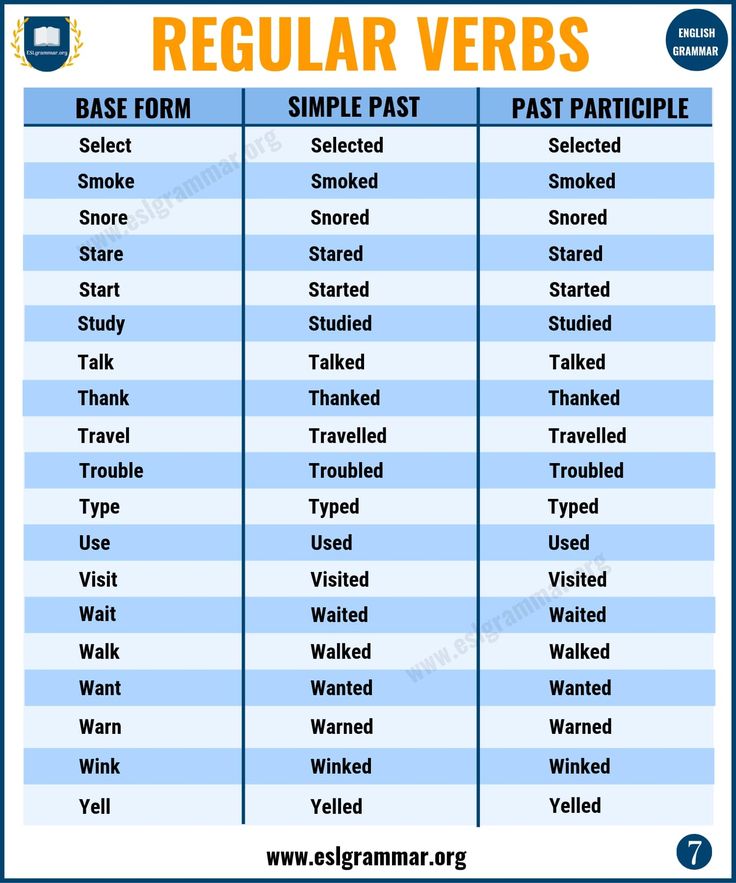
3. Conclusion.
4. List of used literature.
5. Appendix.
INTRODUCTION
Relevance qualification work - in the light of modern requirements for the school, when the teacher is faced with the task of teaching each child to study independently, the question of the formation of the student's literate writing skills is of particular importance. The school should equip children with knowledge of the Russian language, teach them how to apply them in speech practice. At the same time, it is very important to teach the native language at a high theoretical level.
Given the demands of society, at the moment one of the important problems of the modern school is the work on the grammar of the native language.
Grammar is the most extensive section of the Russian language course. And the most significant: it is grammar that represents the language in action, in the laws of its development.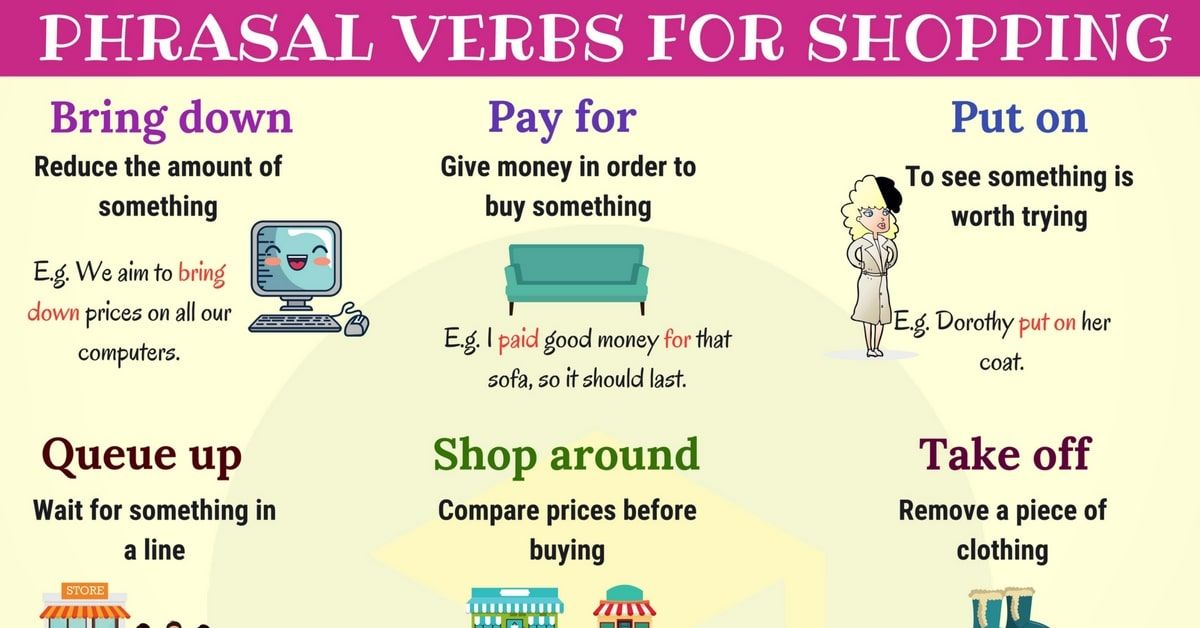
The concept of "grammar" combines morphology, which studies the ways of expressing grammatical meanings through word forms, and syntax - the doctrine of the structure of speech, the connection of words in a phrase and sentence. In the program of the Uzbek school on the subject "Russian language" much attention is paid to the study of independent parts of speech: noun, adjective, verb.
Purpose of our work - verbs are distinguished by the exceptional complexity of their content, the variety of grammatical categories and forms, the richness of paradigmatic and syntactic connections. This causes certain difficulties for younger students in mastering this part of speech. Verbs are second in number to nouns, and their paradigm can reach 200 forms. The study of verbs requires the use of methods that activate the attention, imagination, thinking of children, their independent search activity, i.e. methods aimed at implementing a creative approach in mastering such a part of speech as a verb by younger students.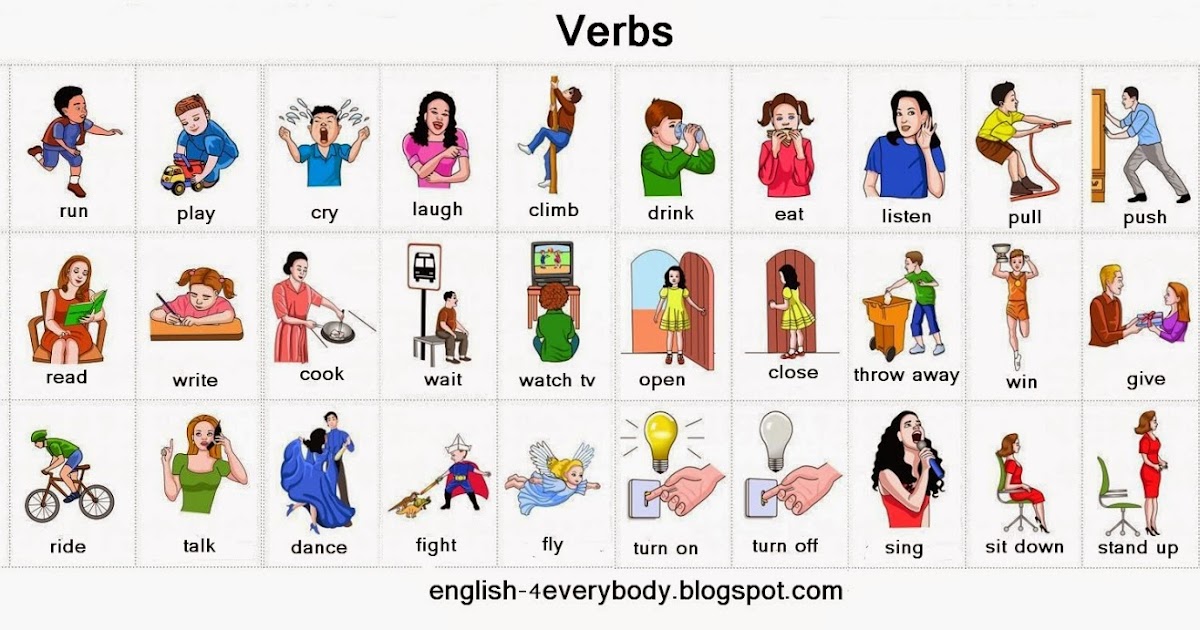 Therefore, the study of the verb is one of the difficult topics in elementary school.
Therefore, the study of the verb is one of the difficult topics in elementary school.
The sequence of work on verbs, the connection between sections, the amount of program material, the methods and means of studying it in each class are determined by the tasks of studying this part of speech, its linguistic features and cognitive abilities of schoolchildren. The linguistic features of the verb are quite complex, therefore, in the Uzbek school, students get acquainted only with some categories that are characteristic of this part of speech. When selecting material, the degree of its necessity for the conscious solution of speech and spelling tasks is taken into account. In the process of studying the topic “Verb”, students may make mistakes in the formation of tense forms of the verb, in determining conjugation, etc. Thus, there are a number of difficulties in teaching the verb in primary school.
Main body
2.1. The verb as a part of speech in linguistic literature
In morphology, all words are divided into categories, which act under the general name of parts of speech.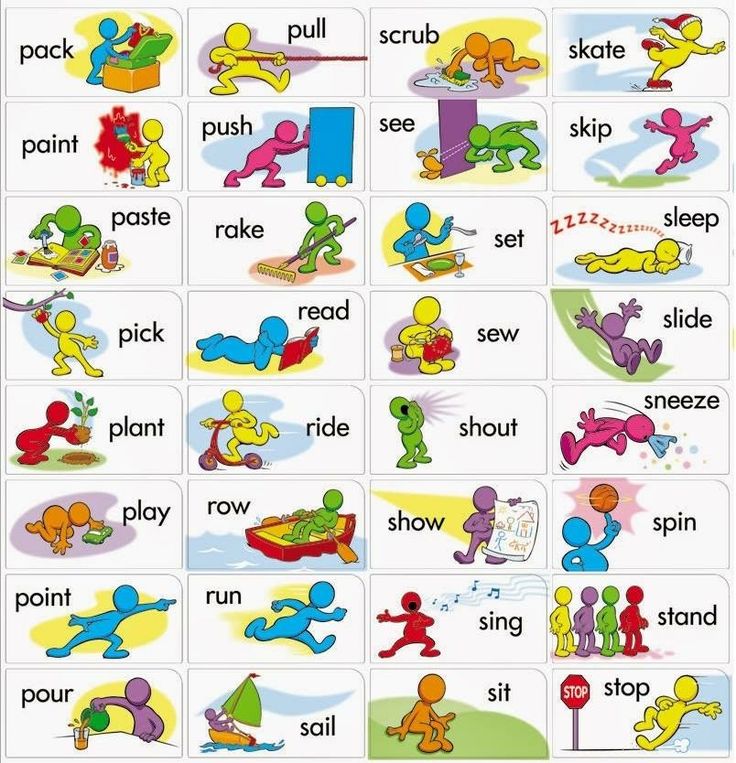
Parts of speech are structural-semantic, or lexical-grammatical, categories of words, delimited according to the meanings they express, according to their morphological features and grammatical categories, according to the types of form formation and word formation, according to their syntactic functions in the composition of sentences.
When assigning a word to a certain part of speech, the whole set of features characteristic of it as a unit of language is taken into account. So, to classify words as a verb, it is not enough that they only denote an action or state: it is necessary that they express this action or state in the forms of person and number, aspect and tense, etc.
In numerous works on the morphology of the Russian language, there are differences in the description of the verb as a part of speech by different linguists.
The verb is one of the largest parts of speech in modern Russian (about a fifth of all words are verbs).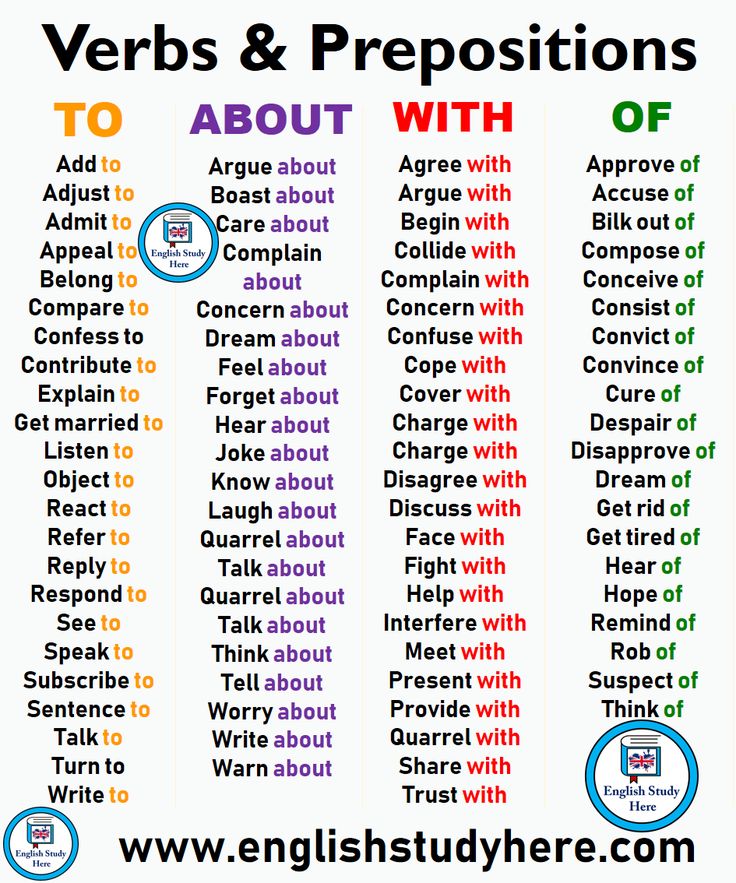 No other part of speech has such a rich and complex system of grammatical forms.
No other part of speech has such a rich and complex system of grammatical forms.
A verb is a significant part of speech that combines words denoting an action or state of an object as a process. Morphologically, this meaning is expressed in the categories of person, tense, mood, aspect, and voice. The first three categories are predicative, the other two are non-predicative categories of the verb.
The verb is the highest, most abstract, most constructive and progressive category of language.
The dictionary of linguistic terms gives the following definition: a verb is a part of speech that expresses an action or a state as a process and is characterized by such grammatical categories that indicate the relation of what is being said to the moment of speech, reality, participants in the act of speech, as well as syntactic use in the function of the predicate and a special system of form-building and word-building models.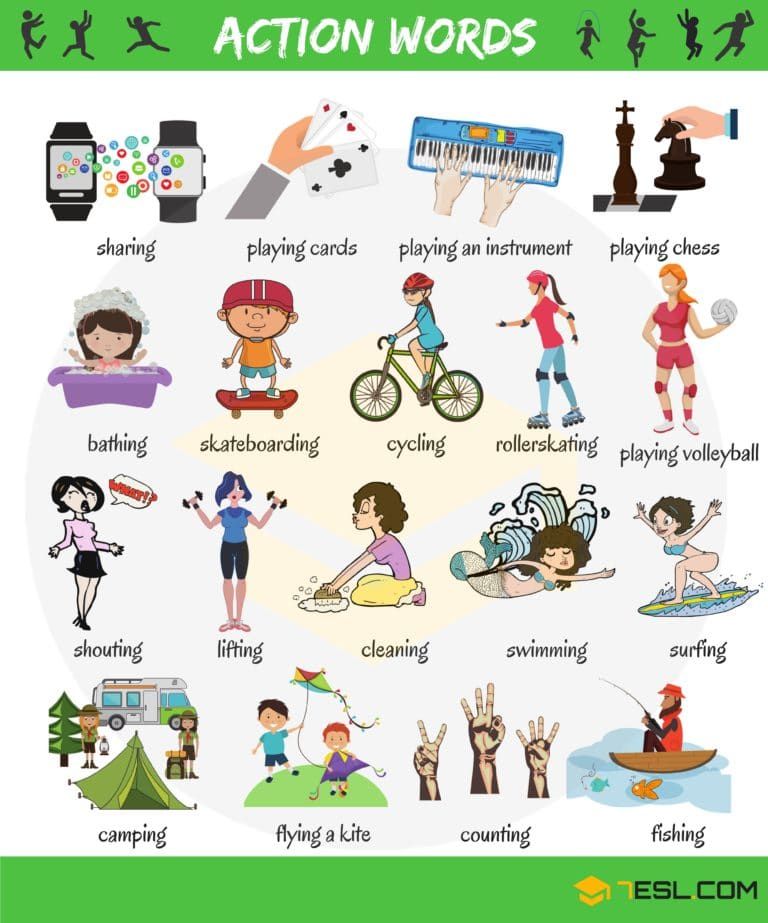
A verb is a part of speech denoting an action and expressing it in the forms of aspect, voice, mood, tense and person. When they say that a verb denotes an action, they mean not only a mechanical movement (walks, runs), but also a state (sleeps, rejoices), a manifestation of a sign (turns white), a change in a sign (turns yellow), an attitude to something (respects , loves), etc.
The verb is the organizing center of the sentence. Therefore, unlike other parts of speech, the verb denotes a whole procedural situation, the elements of which, in addition to the action, are the subject, object and other participants. The semantic specificity of the verb explains the fact that the verb has the maximum set of syntactic features, that it has the largest number of syntactic links in the sentence.
The verb as a part of speech combines words that have a generalized meaning of the process and express it by certain morphological categories.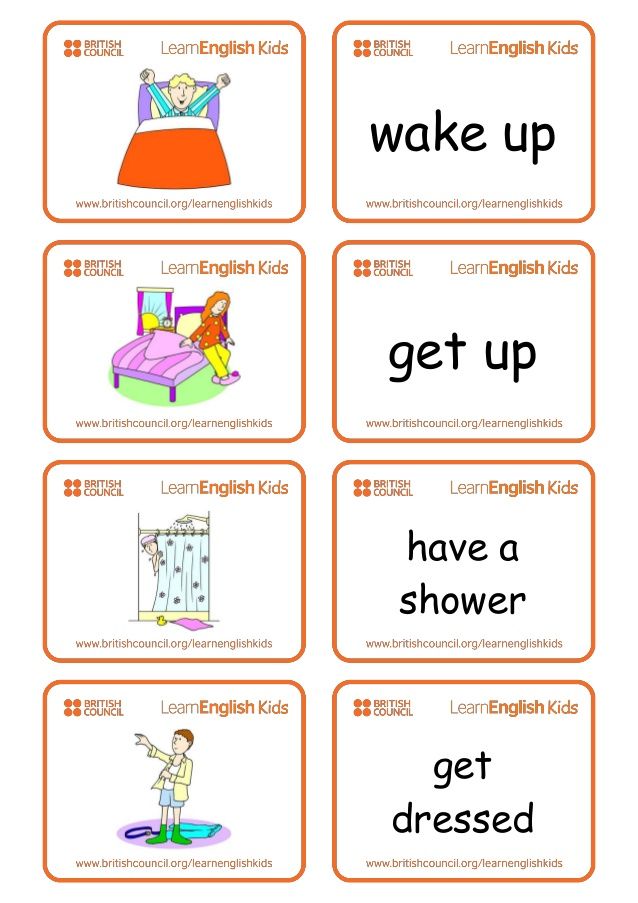 Common to all verbs is that they represent an action, state, manifestation or change of a sign and other possible meanings of verbal stems as a process. The verb expresses the meaning of the process in terms of aspect, voice, person, mood, tense.
Common to all verbs is that they represent an action, state, manifestation or change of a sign and other possible meanings of verbal stems as a process. The verb expresses the meaning of the process in terms of aspect, voice, person, mood, tense.
Action and state can also be expressed by non-verbs (running, bored, sick), but only a verb is capable of expressing action and state as a process occurring in time (running, I will be bored, sick). The verb denotes movement (walk, swim), the state of man and nature (sad, evening), labor processes (drill, grind), thought processes (think, reflect), etc..
The verb is one of the most important independent parts of speech, expressing a general categorical meaning - a procedural (that is, developing in time, dynamic) attribute of an object (Both women waited, this time fully believing Razumikhin's generalization: and indeed he managed to drag Zosima (Dostoevsky).
A verb is an independent conjugated part of speech denoting an action or state in relation to a person or an object and to time; the verb has the grammatical categories of aspect, voice, mood, tense, person, number, and in the past tense and gender; in the past tense, the verb is usually a predicate, although in non-conjugated forms it is also used as other members of the sentence.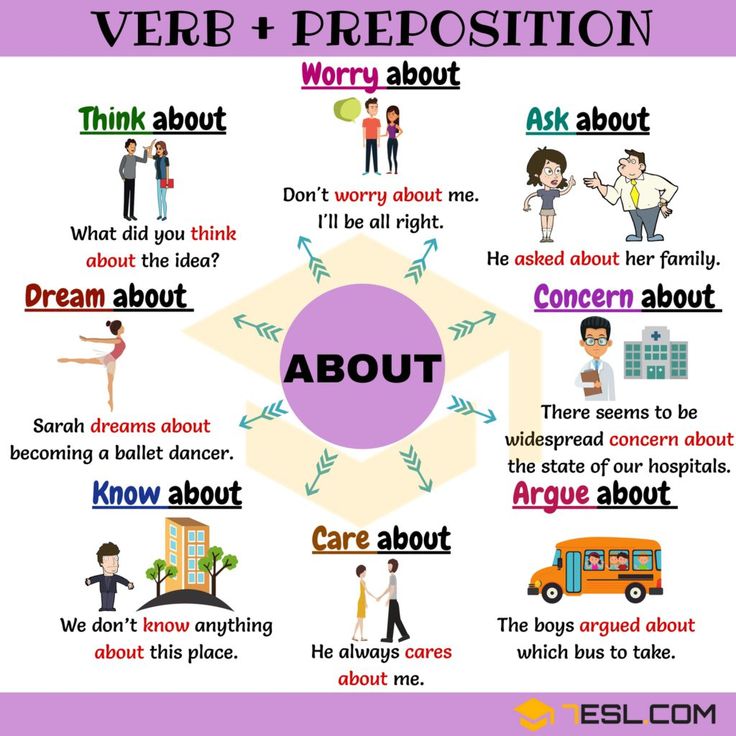 0009
0009
Some verb forms are also characterized by the categories of gender, number, case, or by the invariability of their forms. So, we see that all authors agree that a verb is a part of speech denoting an action or a state that has the categories of aspect, voice, mood, tense, person, number, and in the plural gender. In a sentence, the verb basically acts as a predicate.
The general lexical meaning of the verb is action. The meaning of the action is understood in a broad sense, that is, it means not only the action performed by the object, but also what is done with the object or in what state it is. The processes of action expressed by verbs are heterogeneous in their meaning.
Verbs can be divided into two groups according to their lexical meaning.
The first group - verbs that have the meaning of a specific action of an object, its work, physical condition, formation and change of a sign (walk, sit, sleep, turn yellow).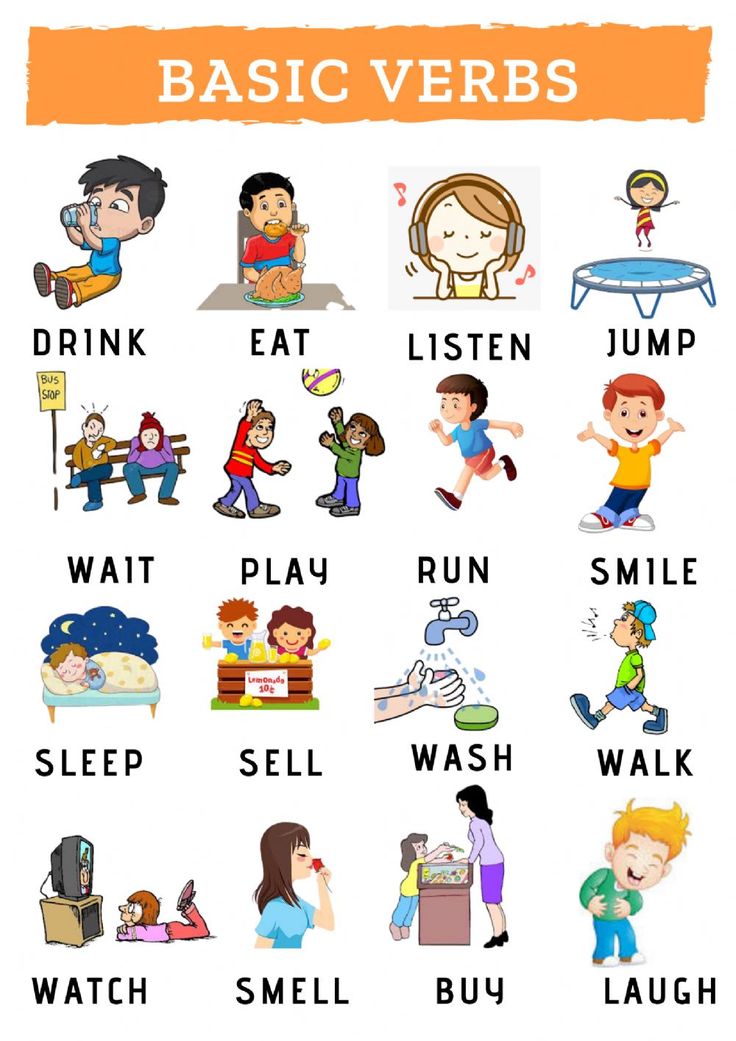
The second group - verbs denoting abstract actions. Such verbs have the meaning of a qualitatively abstract action or the internal state of a person (suffer, walk).
However, it is difficult to draw a sharp line between these two groups of verbs - between a specific action and a physical or internal state, because the lexical feature of the verb lies precisely in the fact that the state is presented as an action occurring in time. In addition, lexical differences between these groups are not supported by grammatical differences.
The verb has its own morphological features that are specific only to it, most of which are related to its semantics:
, I read, I will read).
The present tense indicates that the implementation of the action coincides with the moment of speech (I say, you go, you carry). Only imperfective verbs have the present tense.
The past tense indicates that the implementation of the action preceded the moment of speech (read, said).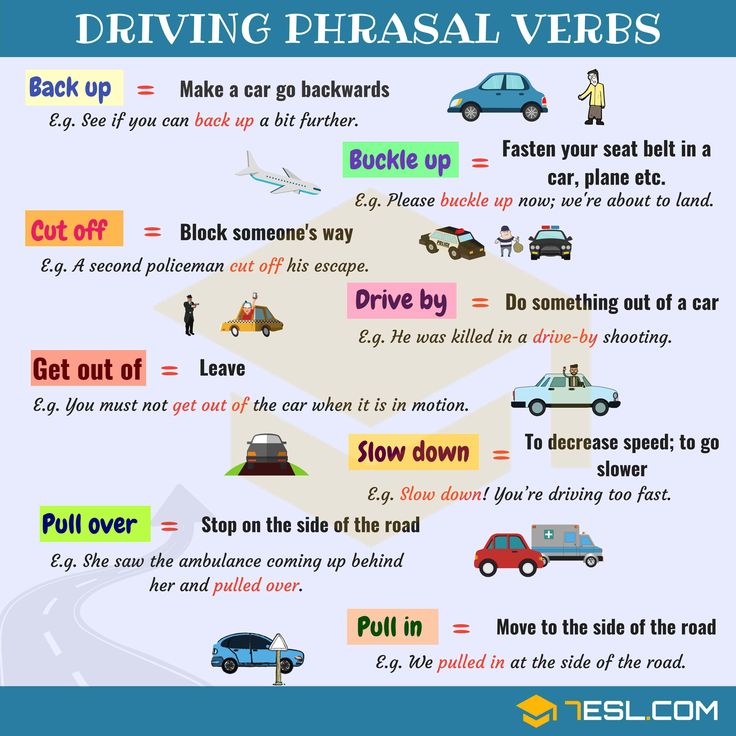 Verbs in the past tense do not change by person, but by gender and number.
Verbs in the past tense do not change by person, but by gender and number.
The future tense indicates that the action will be carried out after the moment of speech (I will say, I will read), it has two forms: simple (synthetic) and complex (analytical). A simple form is formed from the stem of the future tense of perfective verbs by adding personal endings to the stem (brought-y, bring-yesh). The complex form is formed from imperfective verbs. It consists of the personal forms of the auxiliary verb to be and the indefinite form of the main verb (I will work, you will work).
The species category characterizes the process of the action in its relation to the internal limit, result, duration, repetition, etc. (decide - decide, do - do). Imperfect forms are actions that continue, develop, are not limited in any way (the girl is recovering). Forms of the perfect form are called limited actions (the girl recovered). At school, species are recognized with the help of questions what to do? what to do?.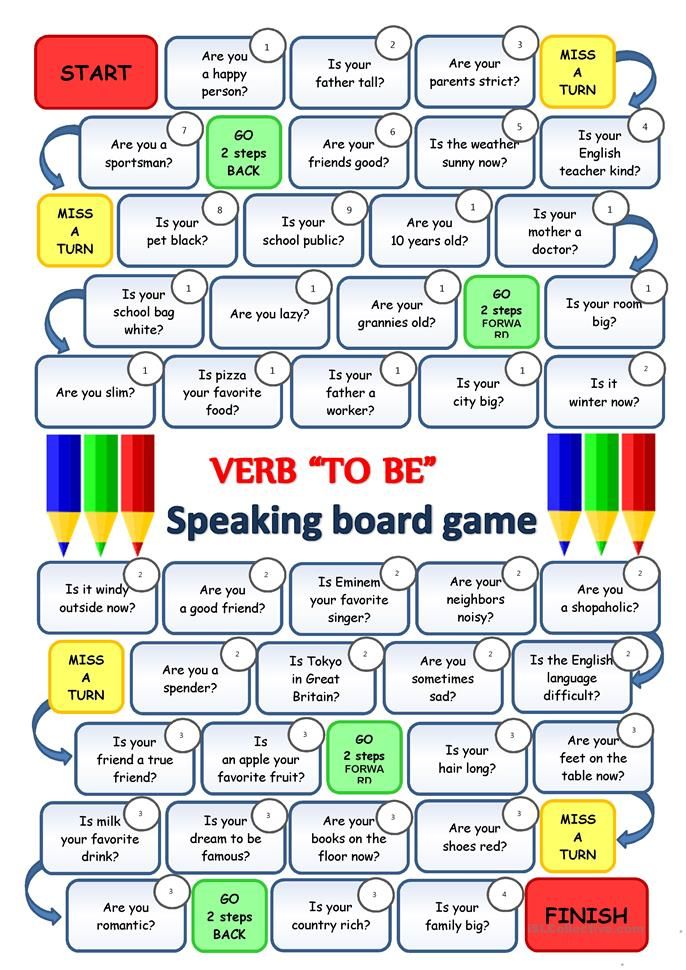
The mood category expresses the relation to reality established by the speaker. An action can be thought of as a very real fact that took place in the past, is happening in the present, or one that will take place in the future. In this case, the verb is used in the indicative mood (I say, she told, I will work, I will hear).
The imperative mood expresses an impulse to action, an order, a request, etc. (Bring a book! Repeat what you said; Please sit here.)
The subjunctive mood is used in cases where the action seems possible, desirable or necessary, but not yet realized, when a request, wish or advice is expressed, but in a milder form than in the imperative mood (I would love to go to the theater; Help her!).
The voice category expresses different attitudes towards the subject and the object (teach - learn, build - build).
Active voice means that the action is performed by the subject and is directly directed at the object (I love the lush nature of withering .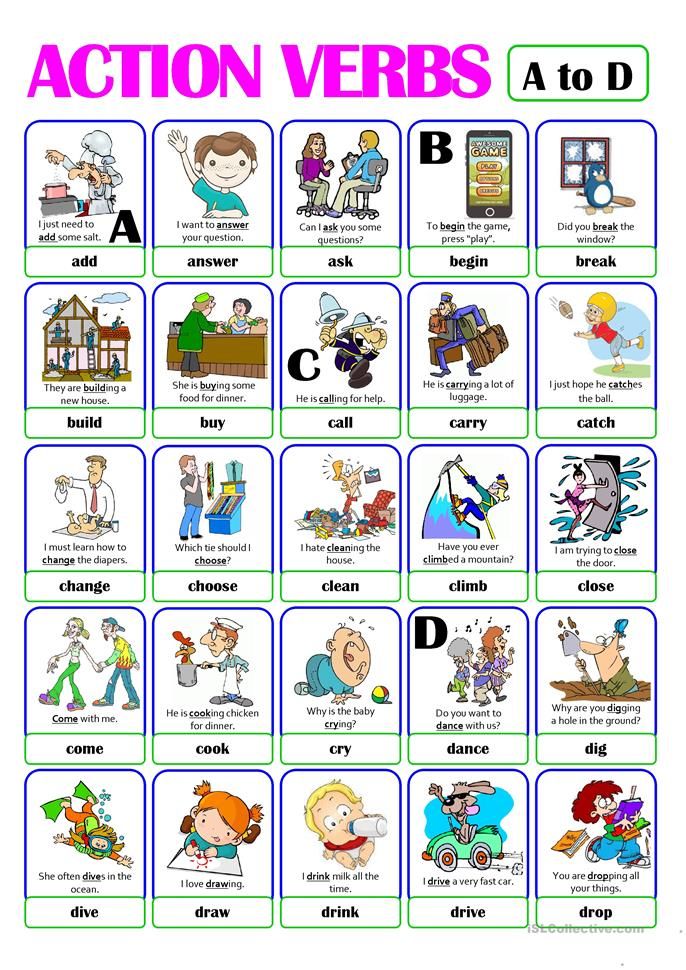 ..) , which in the sentence act as an indirect addition (Snow, barely having time to thaw, immediately covered with a crust of ice).
..) , which in the sentence act as an indirect addition (Snow, barely having time to thaw, immediately covered with a crust of ice).
Medium return voice means that the action is performed by the subject and returns to the subject himself, is concentrated in the subject himself (Levin took off his caftan, girded himself and tried the freedom of his hands. Forms of the 1st person singular indicate that the action refers to the speaker (I'm writing to you - what else?)
Forms of the 2nd person singular indicate that the action refers to the interlocutor (Do you remember, we talked about game…)
Forms of the 3rd person singular indicate that the action is performed by the one about whom (what) the sentence is talking about (Here is a caravan coming to the palm trees).
Forms of the 1st person plural indicate that the action is performed by several persons, including the speaker (Eternal dreaming in silence This is how we, poets, indulge).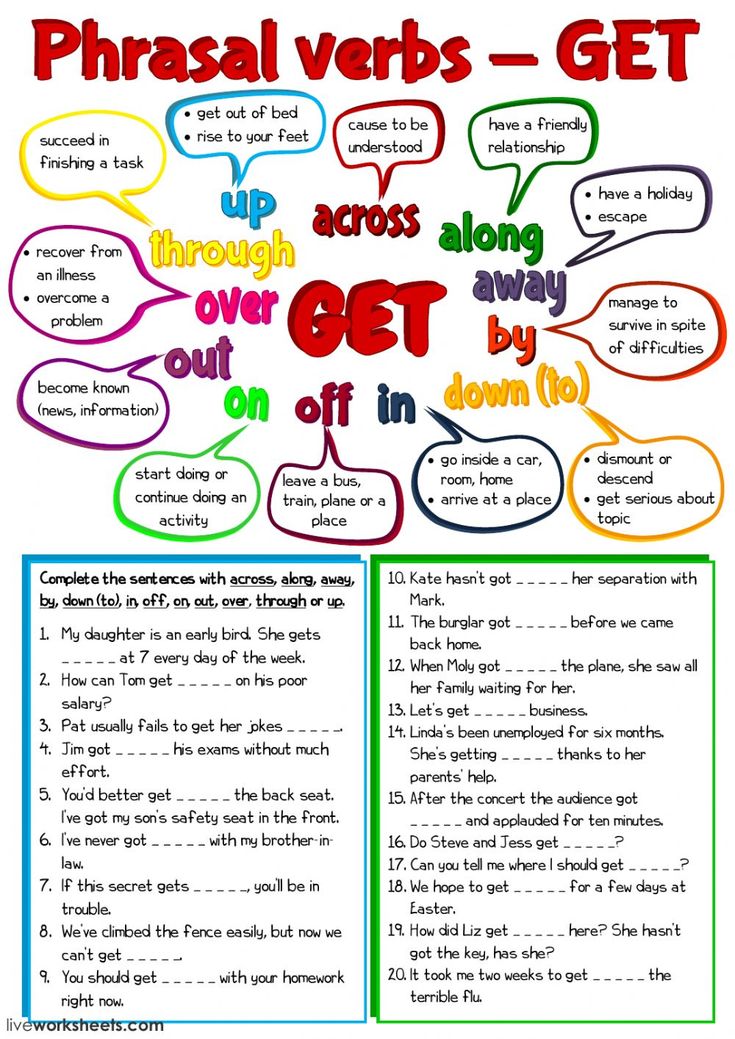
Forms of the 2nd person plural express the action of two or more addressees (What are you, guests, bargaining for And where are you sailing now?).
Forms of the 3rd person plural denote persons or objects that are spoken of (They especially love good poetry in the play).
In addition to these categories, the verb has categories of number and gender, which serve as a means of agreement with the noun. The category of number is characteristic of all verb forms (singular - wrote, plural - wrote), the category of gender - only separate (past tense, subjunctive, participle).
All verb forms are divided into two groups: conjugated (predicative) and non-conjugated (attributive). To conjugated forms
include forms of mood, tense, person, number and gender. They are used only as a predicate (I know - the city will be; I would like to live and die in Paris, if there were no such land - Moscow).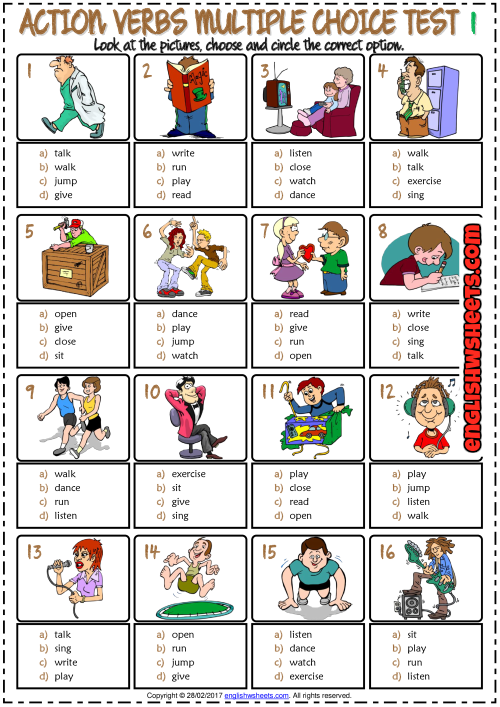
Non-conjugated forms include the indefinite form (infinitive), participle and participle (read, reading, reading). Non-conjugated forms either do not change (infinitive, gerund), or change by gender, number and case (participle). In a sentence, they are, as a rule, secondary members (Lazy sitting sleeping, lying down working.).
An infinitive is a dictionary form of a verb that does not have such morphological categories specific to the verb as mood and tense; the infinitive also does not have the grammatical features of person, number, and gender. The lack of characterization (definiteness) in these categories is the basis for calling the infinitive an indefinite form of the verb. In the infinitive, only the categories of aspect (imperfective - to write; perfective - to write) and pledge (real voice - to wash; passive voice - to wash) appear.
The indefinite form has suffixes characterizing it: -t, -sti, -st, -ti, -ch (to lie, lead, put, go, protect).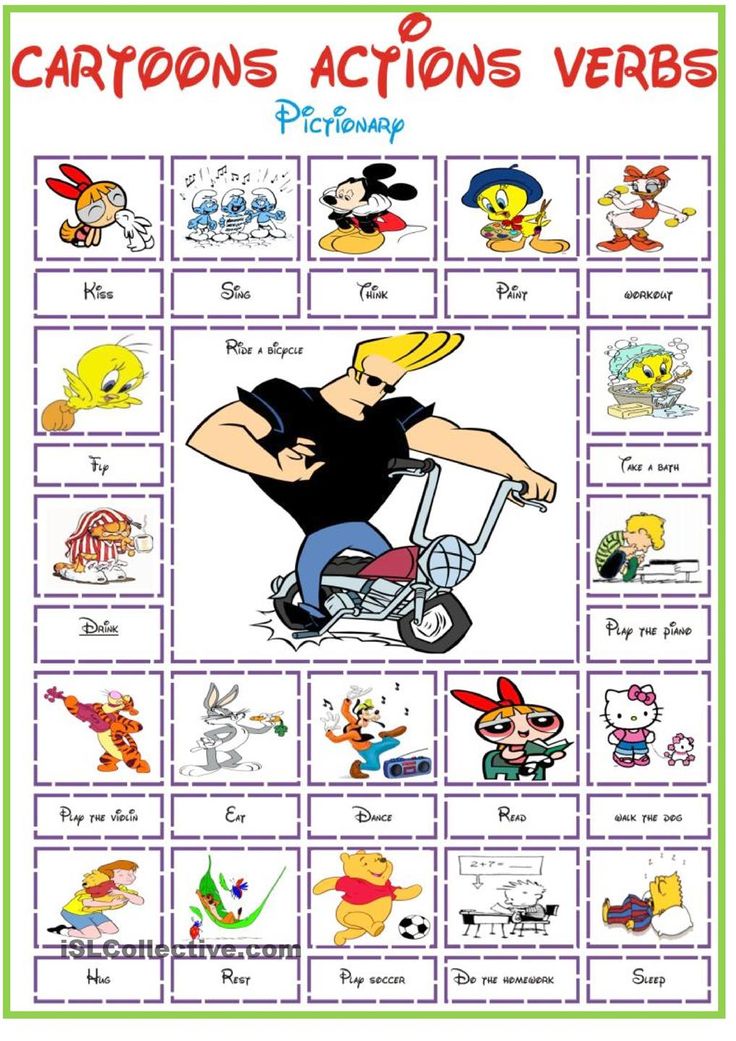
The participle is a special verb form that names the sign of a person or object by their action or by the action that they experience on themselves from another person or object (a student buying a book; a book bought by a student).
The participle combines the grammatical features of a verb and an adjective. The participle is formed from the verb, retains the control inherent in the verb, it has the forms of tense, aspect, pledge (buy a book, bought a book). Therefore, the participle is included in the system of verb forms.
The participle is an invariable verbal form denoting an additional action and combining the features of a verb and an adverb.
The gerund is included in the system of verb forms because it has the grammatical categories of aspect and voice, and in the sentence it retains verb control (to take a book - taking a book; to approach the table - having approached the table).
In elementary grades, schoolchildren get acquainted with verbs as a part of speech that denotes the action of objects and answers the questions what to do? what to do?; study the categories of time (present, past, future), numbers (singular, plural). Also in elementary school, children learn about the indefinite form of the verb, about the conjugation of verbs, form the spelling skill of personal endings of verbs.
Thus, the verb is a special part of speech that denotes an action or state of an object, these meanings are expressed using the categories of aspect, voice, tense, person, mood, a number of verb forms have categories of gender and number, the verb performs in a sentence, in basically, the function of the predicate. Special non-conjugated forms of the verb are the infinitive, participle and participle, they act in the sentence, as a rule, in the role of minor members.
2.2. Psychological and pedagogical features of teaching grammar to children of primary school age
The older the child becomes, the greater the place in his life and the greater role in his development begins to play a special activity - learning.
Thus, the basis of learning activity is merging, linking the assimilated social experience with one's own little personal experience. In the learning process, the student's experience is constantly changing, his knowledge is expanding, the content of concepts is enriched, they become more generalized, which allows them to be widely used when orienting in new life situations, when solving new problems. The use of the acquired knowledge helps to more fully and accurately reflect the essential aspects of the phenomena being studied. Along with the expansion of the fund of acquired knowledge, the possibilities of thinking also increase, the possibilities of incorporating new knowledge into various systems of previously acquired knowledge that make up the previous experience.
Such an understanding of educational activity characterizes it, first of all, as a cognitive activity. The child not only memorizes the material of the program, but also learns the world, not only the present, but also the past.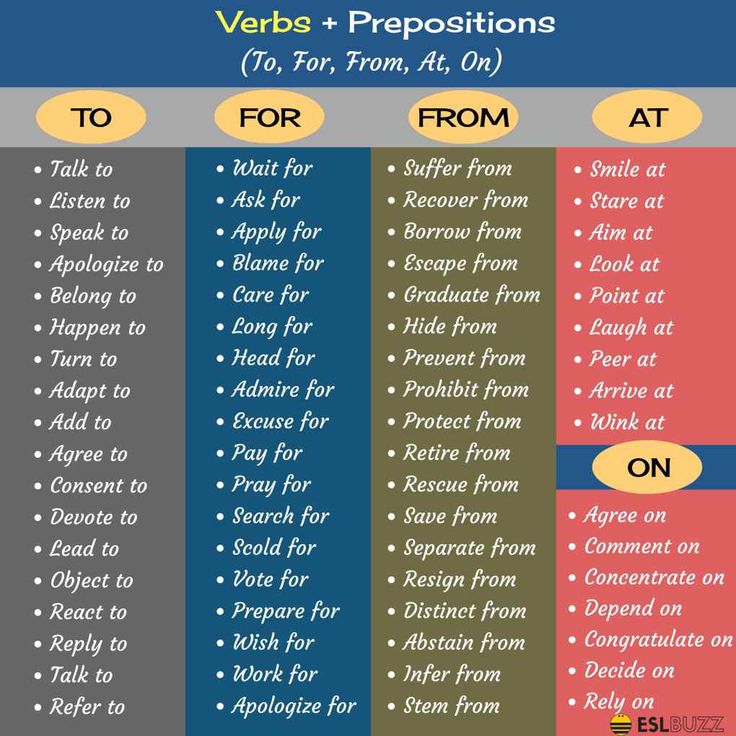
In the process of learning, knowledge is given in a didactically developed form, specially designed for their easier and more successful assimilation by children.
In order to acquire knowledge, to merge it with one's own experience, that is, to be able to apply it, the child must also learn different ways of working with educational material.
In the process of learning, the characteristics of various aspects of the student's personality are manifested: his intellect, character and will, especially his emotional sphere.
Educational activity in primary school stimulates, first of all, the development of mental processes of direct knowledge of the surrounding world - sensations and perceptions. For younger students, sharpness and freshness of perception are characteristic. However, at the beginning of training it is distinguished by its peculiar features.
The child's memory is usually good. He easily learns everything new, concrete and bright. Easily remembers everything that closely concerns him. The younger student is dominated by mechanical memorization. At this age, everything is easily learned by heart. This feature is used when memorizing tables, rules, algorithms.
The nature of attention also depends on the orientation and interests of the student's personality. The student's attention is selective; focuses on what matters most to him.
In the conditions of educational activity, the child's imagination is subject to special requirements that encourage him to voluntary actions. These educational requirements stimulate the development of the imagination, but they need to be reinforced with special tools - otherwise the child finds it difficult in arbitrary actions of the imagination. These can be real objects, diagrams, layouts, signs, etc. Imagination plays a big role in a child's life.
Modern pedagogy also puts forward visualization as the most important principle of training sessions, especially at the stage of imparting new knowledge on a particular subject: under this condition, the teacher achieves a more conscious assimilation of the information communicated to the children.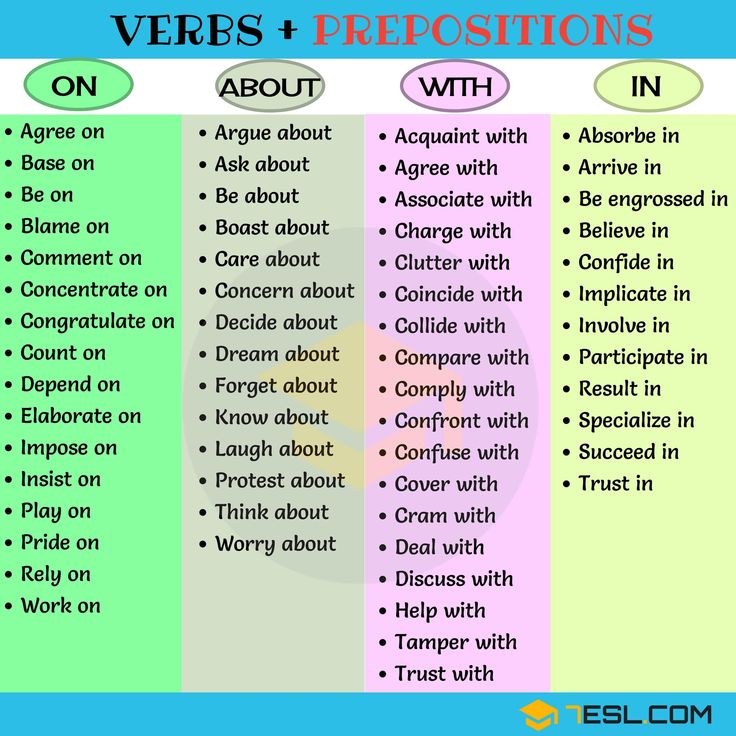 Developing this issue from a psychological point of view, modern psychology has put forward a doctrine about the unity of the word and visualization in the process of teaching children. With regard to grammar, this provision should be understood as a requirement for a close connection and simultaneity of the teacher's explanations with those concrete examples that he demonstrates in the Russian language lesson.
Developing this issue from a psychological point of view, modern psychology has put forward a doctrine about the unity of the word and visualization in the process of teaching children. With regard to grammar, this provision should be understood as a requirement for a close connection and simultaneity of the teacher's explanations with those concrete examples that he demonstrates in the Russian language lesson.
So, given the difficulties of students in the formation of tense forms of the verb, it is advisable together with them to compile a table of verb changes by tense, which will serve as a reference and prevent errors.
The level of development of mental processes of younger schoolchildren shows that in favorable conditions they show the ability to theoretically study grammar and spelling, to master full-fledged grammatical concepts and rules, to form spelling skills when applying knowledge of grammar and spelling.
Grammar rules were created as a result of generalization and abstraction.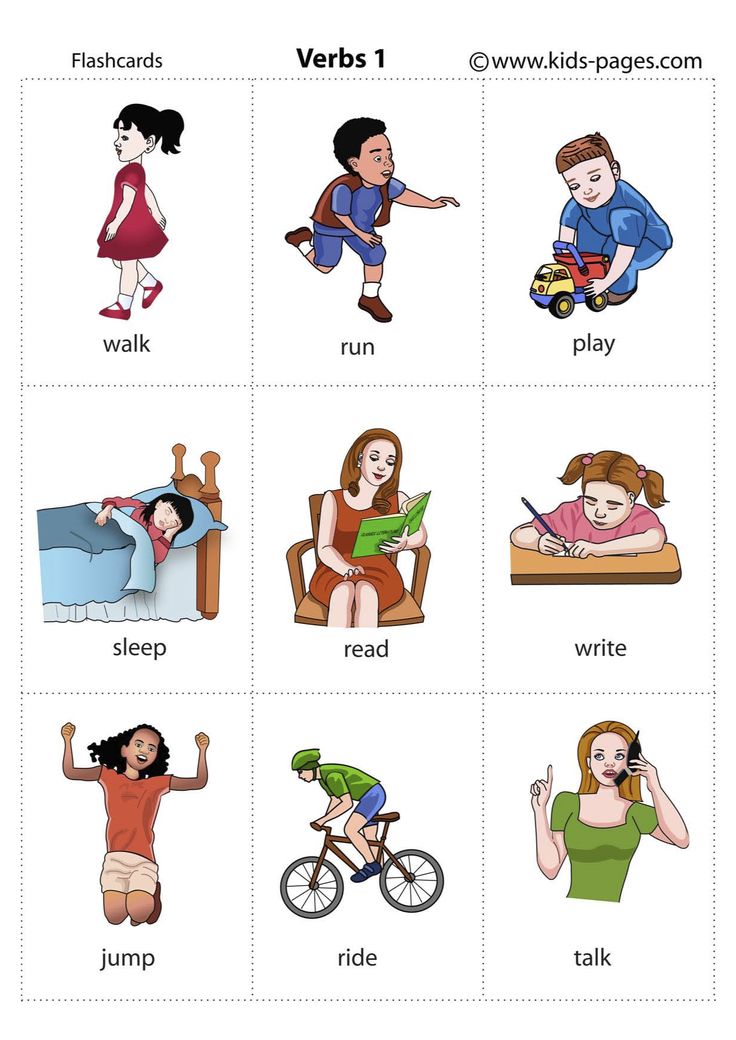 From this we can conclude that in order to master grammatical concepts, one must have in mind such general concepts as action, number, time, etc., in order to master the corresponding grammatical categories, such as verb, singular, past tense and etc. On the basis of this, school programs are built.
From this we can conclude that in order to master grammatical concepts, one must have in mind such general concepts as action, number, time, etc., in order to master the corresponding grammatical categories, such as verb, singular, past tense and etc. On the basis of this, school programs are built.
Teaching guides talk about the importance of learning grammar in elementary grades, but assume that it is taught first. It is recommended to form grammatical concepts in an inductive way, by generalizing facts. At the same time, two signs are considered essential for grammatical concepts: what it means and what questions it answers.
Grammar acquisition involves productive intellectual activity that begins and proceeds in problem situations. Problem situations are created when there are contradictory relationships between what has already been achieved and what should be achieved. At the beginning of the study of grammar, problem situations are easily created.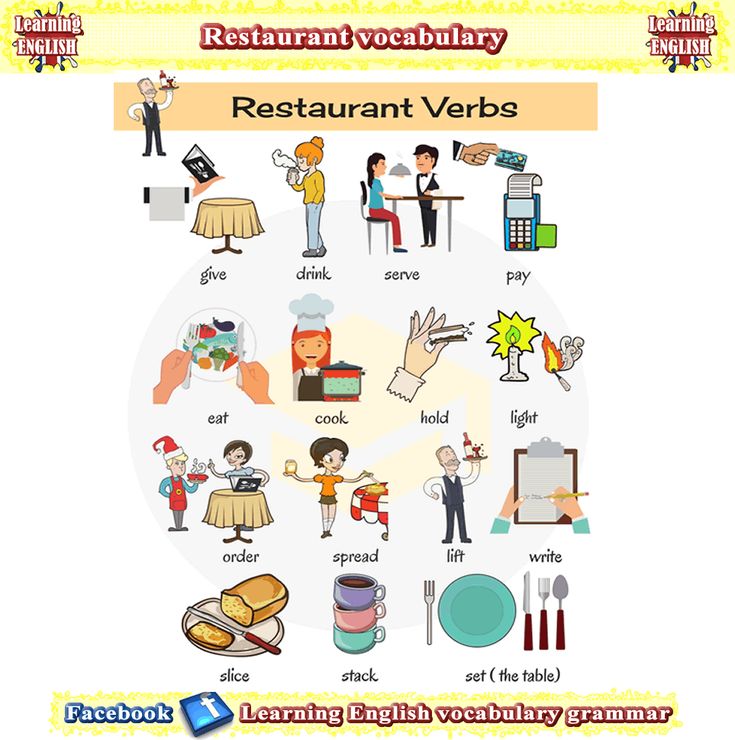 This means that problem-based learning is applicable for the initial course of the native language.
This means that problem-based learning is applicable for the initial course of the native language.
Game moments can be used in learning activities, which helps the child not only to take a break, but also learn to distinguish the features and differences between play and learning activities. The game at primary school age continues to develop the child's mental functions, primarily imagination, communication skills in games with rules, in intellectual games.
Thus, psychologists' research suggests that already in the first year of schooling, schoolchildren can form such grammatical concepts that underlie the concepts of parts of speech. Education based on the principles of consciousness, accessibility, visibility, consistency, connection between theory and practice, allows you to achieve the best result in mastering morphology.
When acquainting second-graders with the category of the number of the verb, attention is drawn to its semantic side and to the formal grammatical means of expressing the number.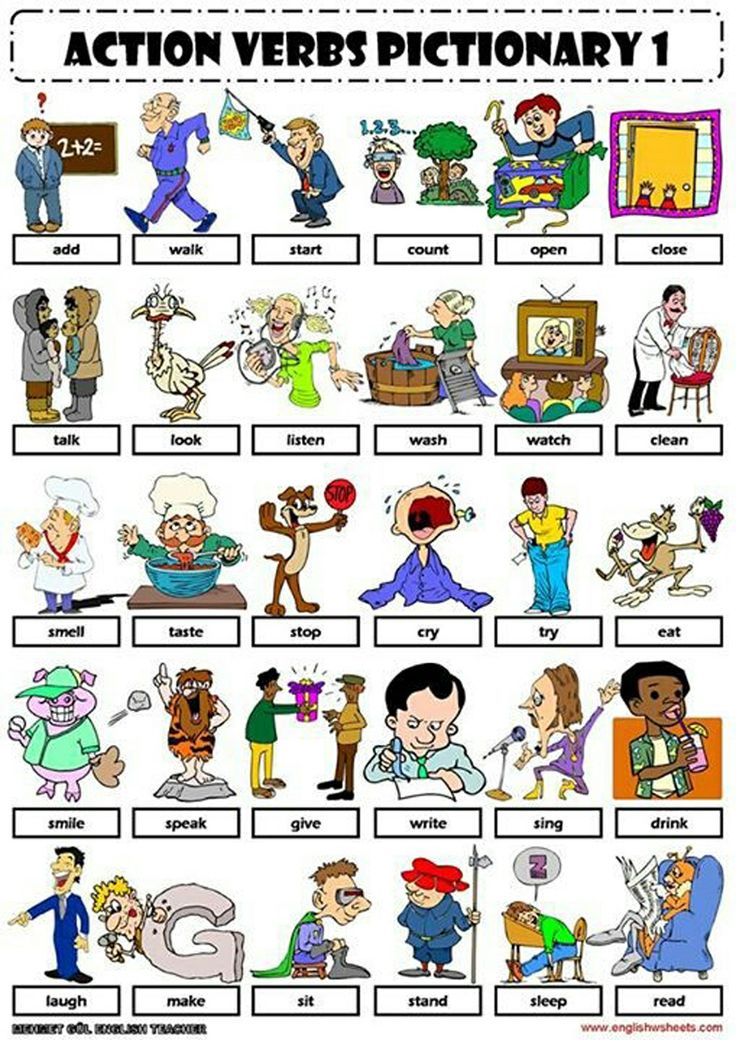 Based on specific observations, students are led to a generalization that the singular verb denotes the action of one object, the plural verb denotes the action of two or more objects; when the number of the verb changes, the ending changes. Thus, students establish a connection between the question that the verb answers, the form of the number in which it is used, and the ending: what does it do? units h. says what are they doing? pl. h. they say. In the process of doing exercises, students develop the ability to change the verb by numbers. Mastering the tense forms of the verb is a significant difficulty for second-graders. It is due, in particular, to the fact that when forming temporary forms, the student needs to take into account the form of the verb. The essence of the tense form of the verb is revealed by students on the basis of a comparison, when an action is performed and when it is reported, i.e., on the basis of a comparison of the time of the action in relation to the moment of speech.
Based on specific observations, students are led to a generalization that the singular verb denotes the action of one object, the plural verb denotes the action of two or more objects; when the number of the verb changes, the ending changes. Thus, students establish a connection between the question that the verb answers, the form of the number in which it is used, and the ending: what does it do? units h. says what are they doing? pl. h. they say. In the process of doing exercises, students develop the ability to change the verb by numbers. Mastering the tense forms of the verb is a significant difficulty for second-graders. It is due, in particular, to the fact that when forming temporary forms, the student needs to take into account the form of the verb. The essence of the tense form of the verb is revealed by students on the basis of a comparison, when an action is performed and when it is reported, i.e., on the basis of a comparison of the time of the action in relation to the moment of speech.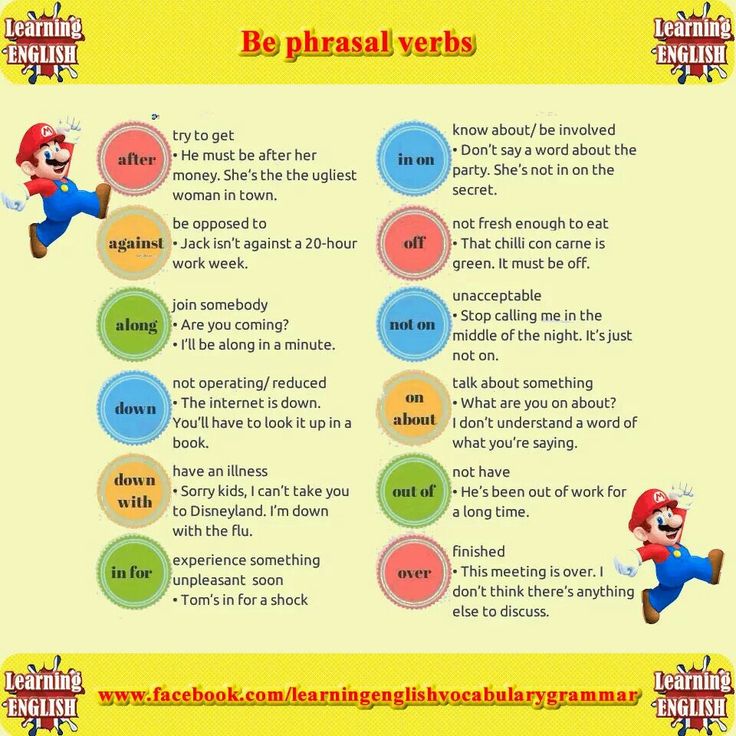 For example, schoolchildren observe the actions that a student called to the board performs or has performed, and also discuss what else will be done (reads a poem, read, will read). Similarly, sentences are made about what is happening in nature at the present time, that is, at the moment of speech, what happened before, what will happen in the future, etc.
For example, schoolchildren observe the actions that a student called to the board performs or has performed, and also discuss what else will be done (reads a poem, read, will read). Similarly, sentences are made about what is happening in nature at the present time, that is, at the moment of speech, what happened before, what will happen in the future, etc.
When recognizing the tense of a verb for younger students, the main indicator is the question that the verb answers. The technique of posing the question does not exclude orientation to the semantic side of the tense form of the verb (indicates the time of the action in relation to the moment of speech). The teacher specifically draws students' attention to the suffix -l as an indicator of the past tense of the verb.
It is important to learn how to use the question correctly in order to recognize and form tense forms of the verb. At first, this work is carried out collectively and is aimed at establishing a connection: question - verb tense - suffix (for past tense verbs). The indefinite form is taken as the initial form for the formation of temporary forms, with which students get acquainted as with the initial form of the verb. Asking a question directs students' actions, for example: what to do? paint; what have you been doing? drew; what will i do? I will draw; what to do? draw; What did you do? painted; what will I do? I'll draw. The teacher makes the differentiated formulation of the question what to do the subject of students' awareness. and what to do? taking into account the completion (completion) or incompleteness of the action. Given the difficulties of students in the formation of tense forms of the verb, it is advisable to draw up the table below with them, which will serve as a reference and prevent errors.
The indefinite form is taken as the initial form for the formation of temporary forms, with which students get acquainted as with the initial form of the verb. Asking a question directs students' actions, for example: what to do? paint; what have you been doing? drew; what will i do? I will draw; what to do? draw; What did you do? painted; what will I do? I'll draw. The teacher makes the differentiated formulation of the question what to do the subject of students' awareness. and what to do? taking into account the completion (completion) or incompleteness of the action. Given the difficulties of students in the formation of tense forms of the verb, it is advisable to draw up the table below with them, which will serve as a reference and prevent errors.
The essence of the tense category of a verb becomes clearer for students when comparing the same verb in different tense forms. Therefore, in the process of studying the topic “Verb”, exercises are systematically carried out with the task: change the verb in tenses.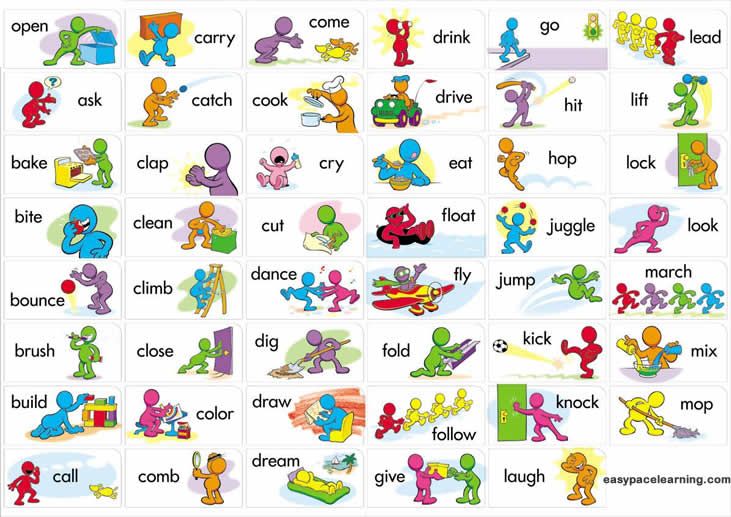 At the same time, one-root verbs of the imperfect and perfect form are also offered: receive - receive, combine - combine, send - send, deliver - deliver, write - write, buy - buy, etc.
At the same time, one-root verbs of the imperfect and perfect form are also offered: receive - receive, combine - combine, send - send, deliver - deliver, write - write, buy - buy, etc.
In order to develop students' conscious use of the verb at a certain time in accordance with the goals of the statement, it is necessary to use texts. In the tasks of the exercises, students are asked to determine the tense of the verb and justify the use of a particular verb form, as well as change the tense (for example, replace the present tense with the past or vice versa), compose a story using verbs in a certain tense, etc.
It must be emphasized that that the task of developing speech is solved at all stages of work on the topic "Verb" in connection with the study of grammatical material and the formation of the spelling skill of personal endings of the verb.
Beginning of the form
Beginning of the form
End of the form
Based on the analysis of psychological, pedagogical, linguistic and methodological studies on the problem of teaching the verb in primary school, we can conclude that this problem is relevant at the present stage of development of education.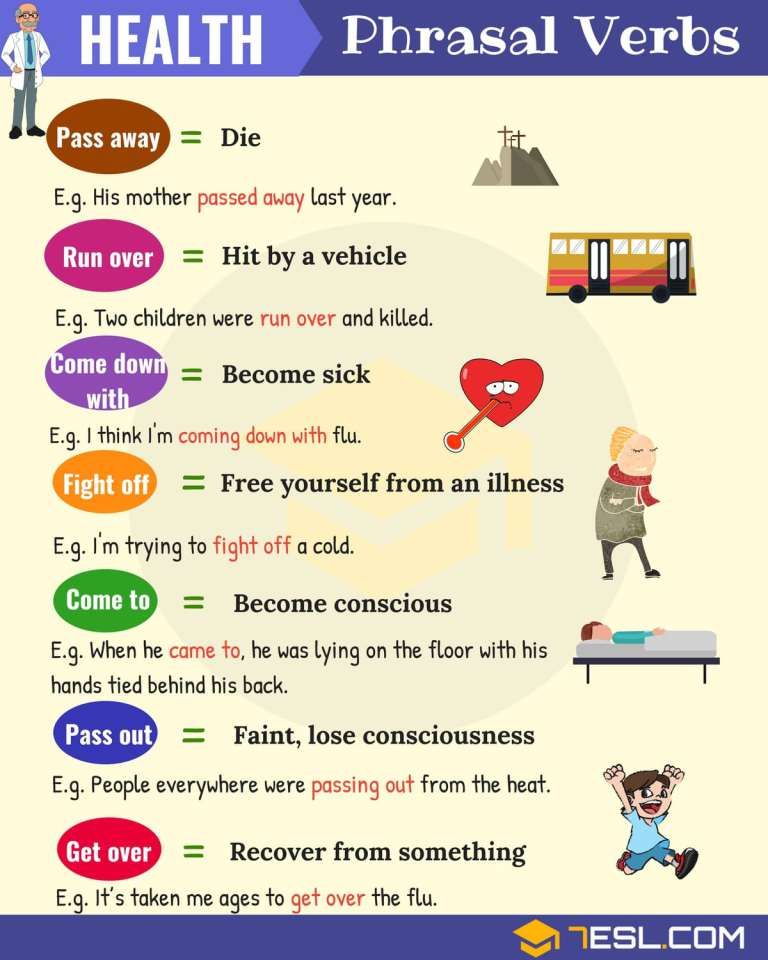
Conclusion
A verb is one of the most important independent parts of speech with the meaning of an action or a state, expressing these meanings using the categories of aspect, voice, tense, person, mood, and performing in a sentence, basically, the function of a predicate.
The sequence of work on the verb, the connection between sections, the amount of program material, the methods and means of studying it in each class are determined by the tasks of studying this part of speech, its linguistic features and cognitive capabilities of younger students.
One of the main tasks of studying the verb is the development of students' oral and written speech, including the enrichment of children's vocabulary with new verbs and the development of the ability to accurately use words in coherent speech. For a more successful solution of this problem, it is recommended in the process of studying the verb to work on synonyms, antonyms, to introduce the polysemy of words. Moreover, the task of developing speech should be solved at all stages of work on the topic "Verb".
Moreover, the task of developing speech should be solved at all stages of work on the topic "Verb".
Our research shows that the process of working on a verb will be more successful if various types of exercises are used in Russian language lessons that contribute to the best assimilation of educational material by children. It helps a lot to use entertaining material. This not only “decorates” the lesson, but also increases the cognitive activity of schoolchildren.
It is also effective to conduct lessons in a non-standard form. During the game, “excursions” or “travels”, children learn the material better, they are interested in everything, they want to know everything. This leads to a more conscious and lasting assimilation of educational material, in particular on the topic "Verb".
LIST OF USED LITERATURE
1. Alekseeva T. "The concept of the verb as a part of speech" / / Primary school: Supplement to the newspaper "First of September".